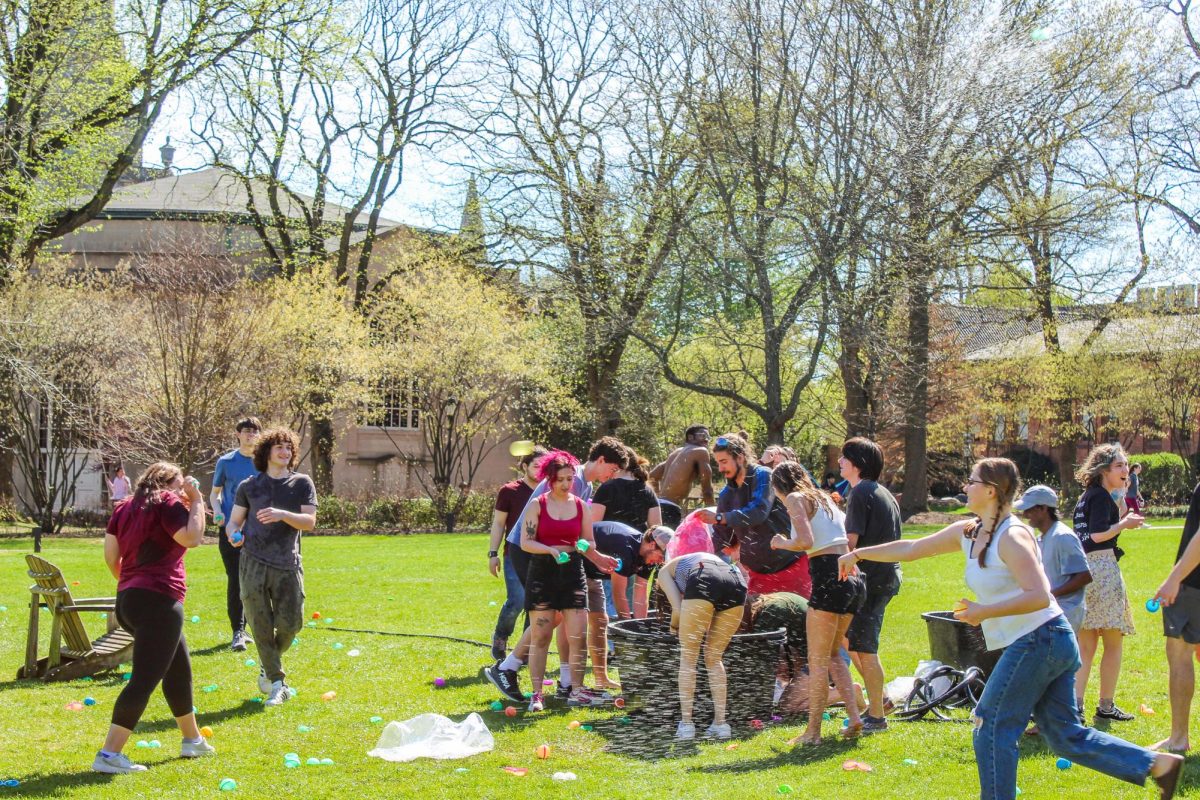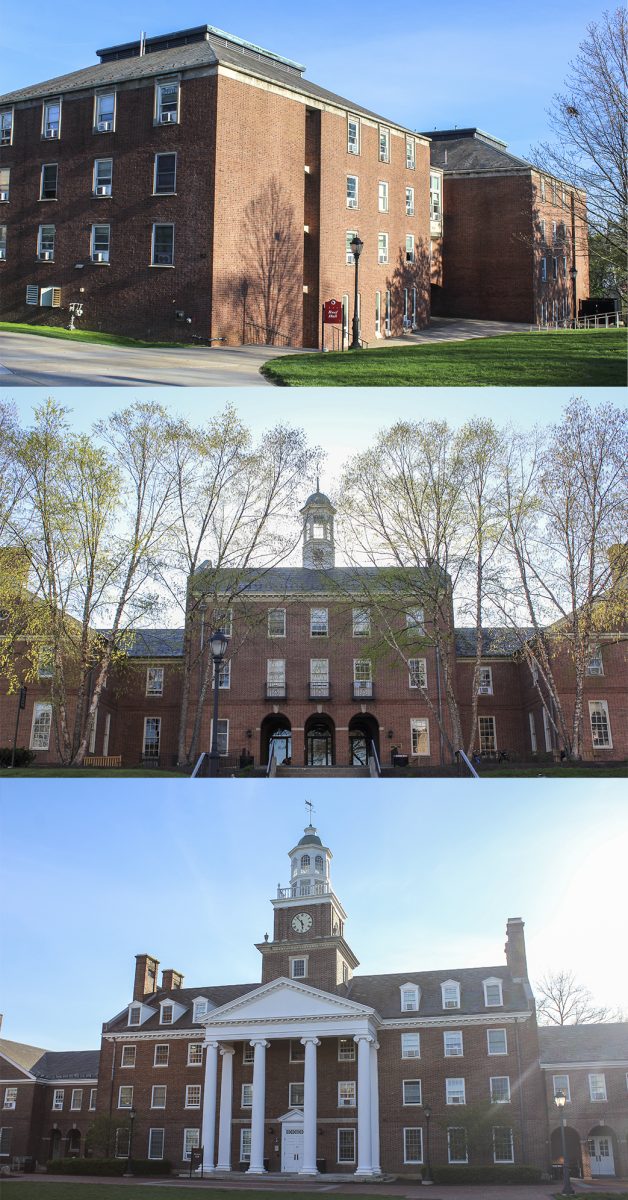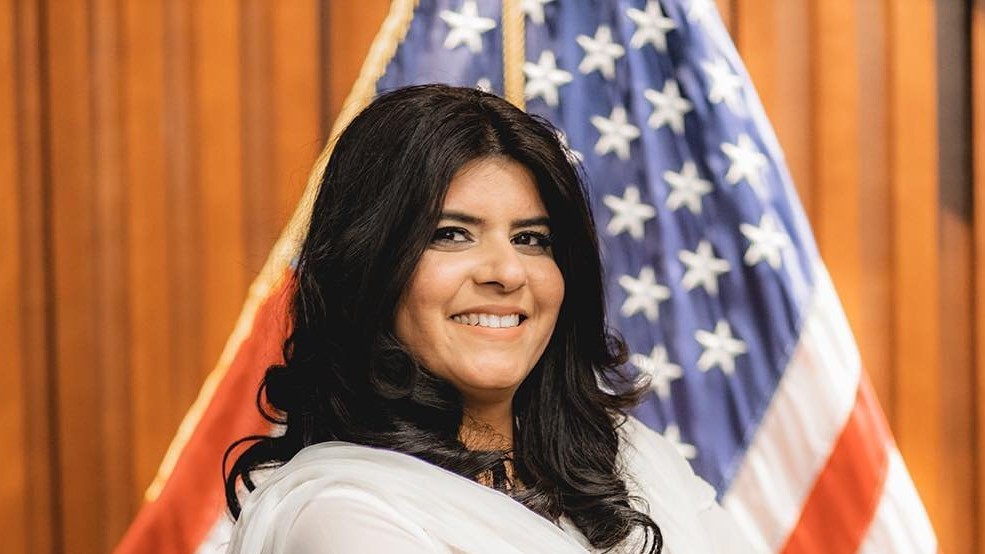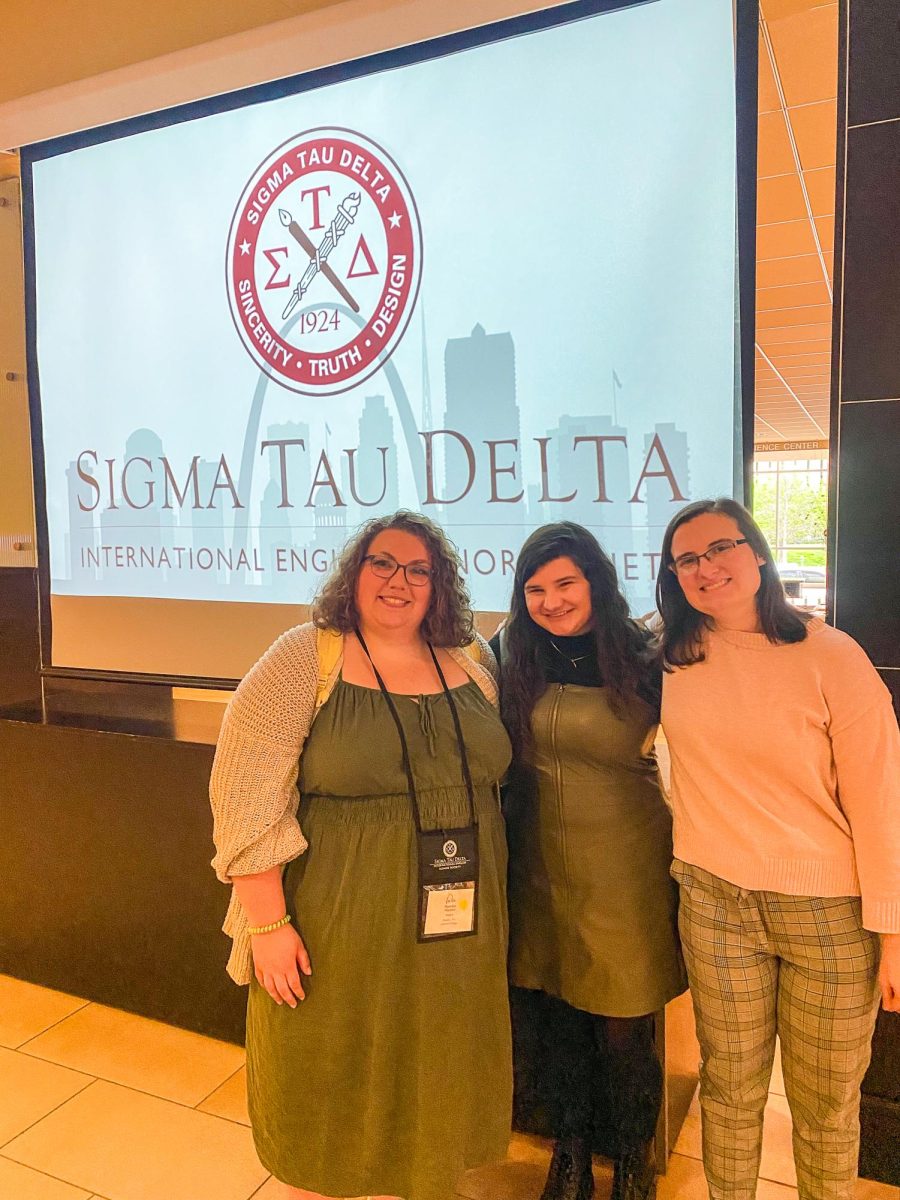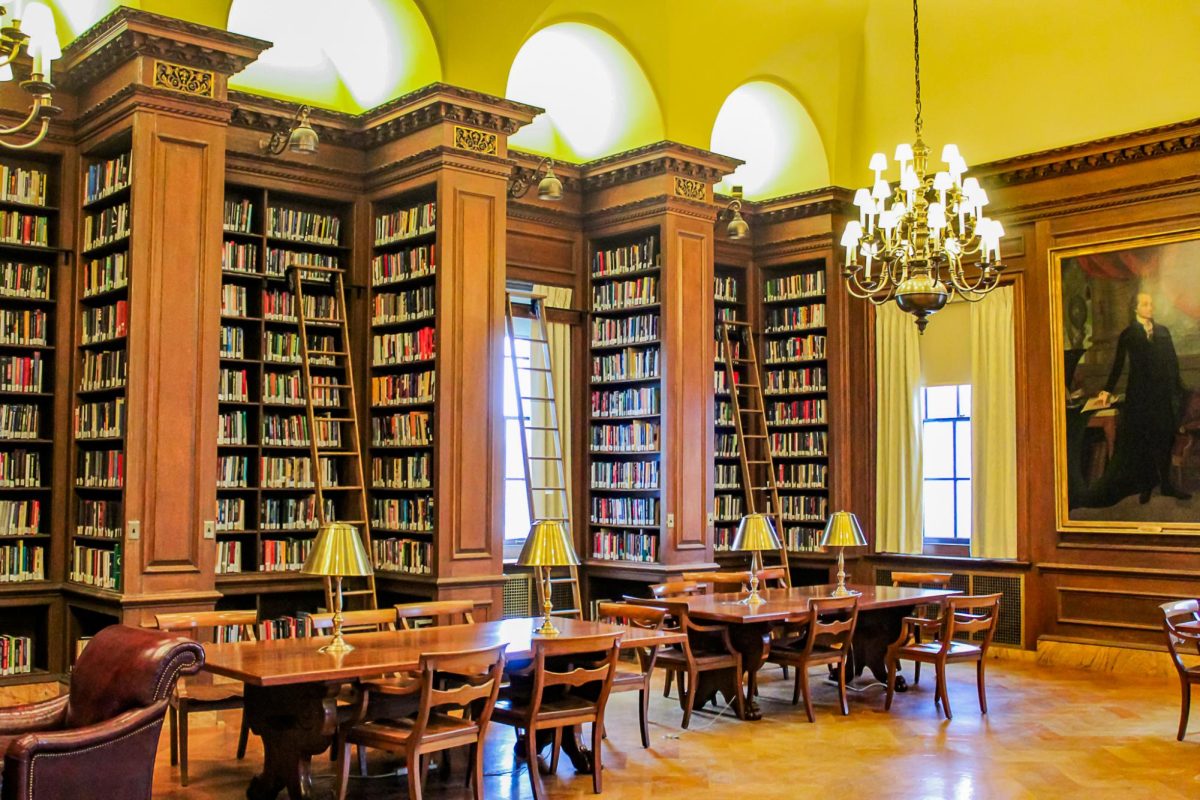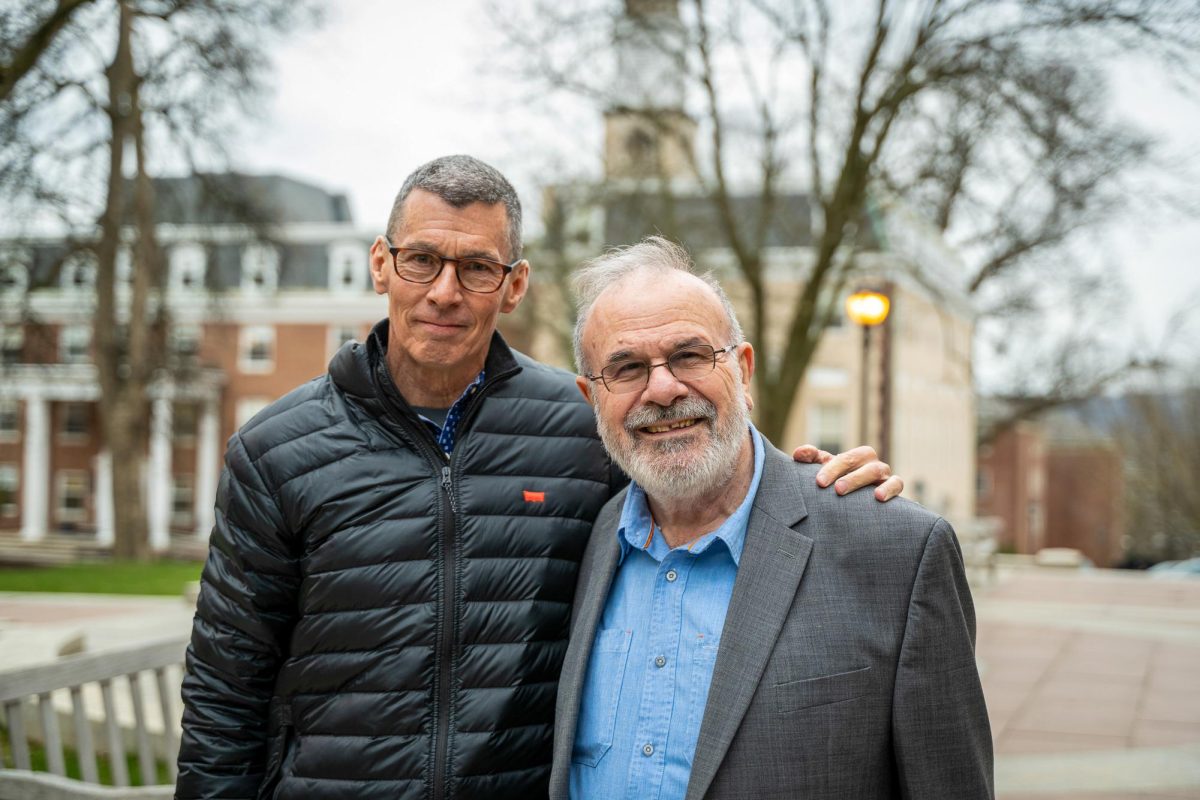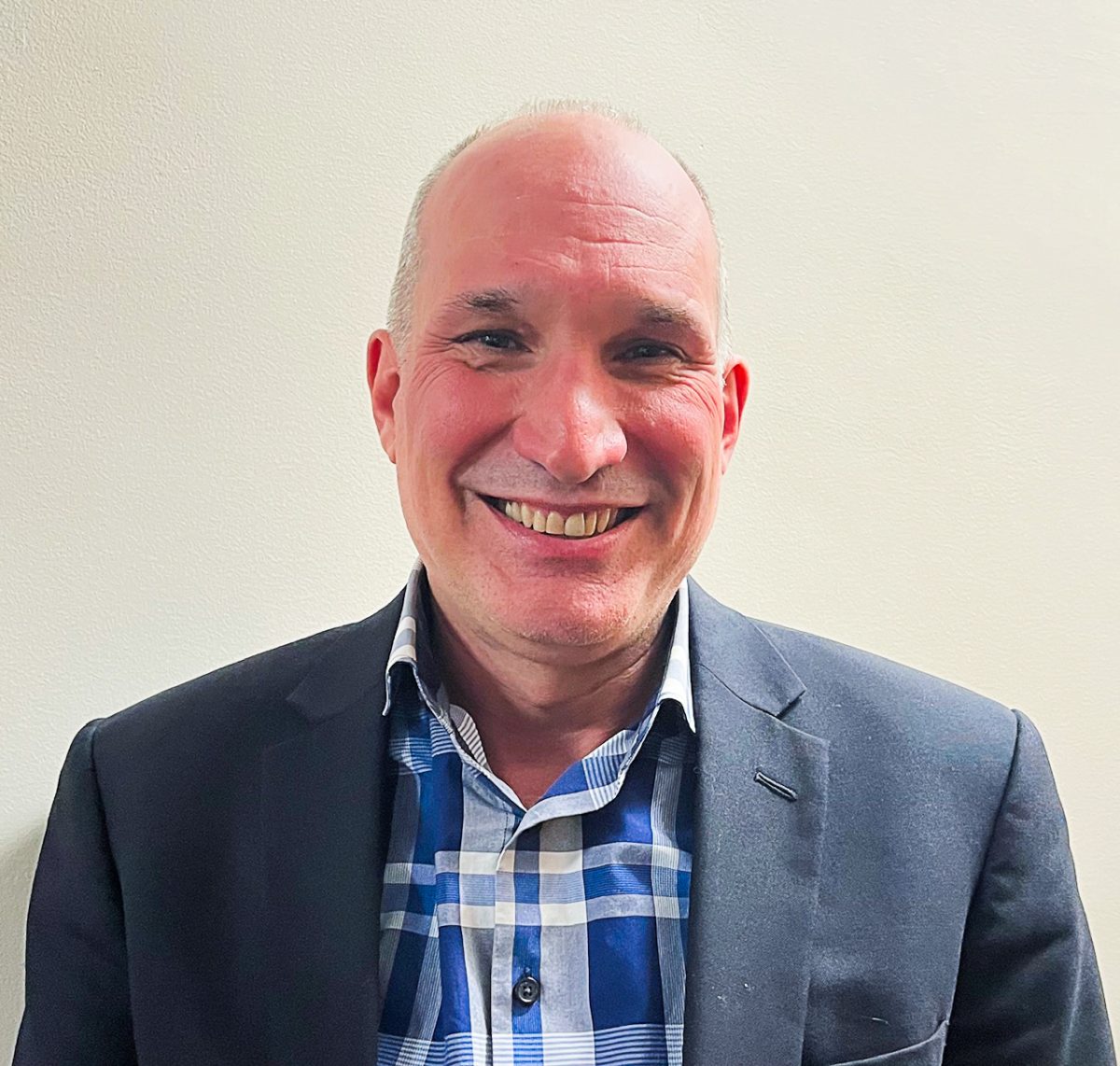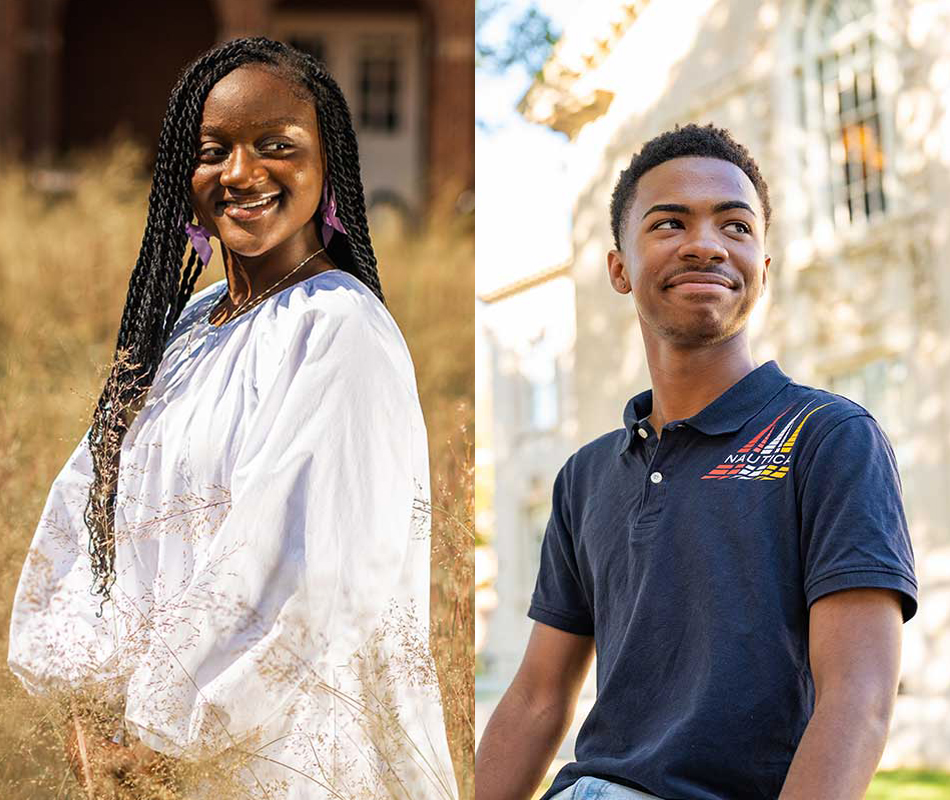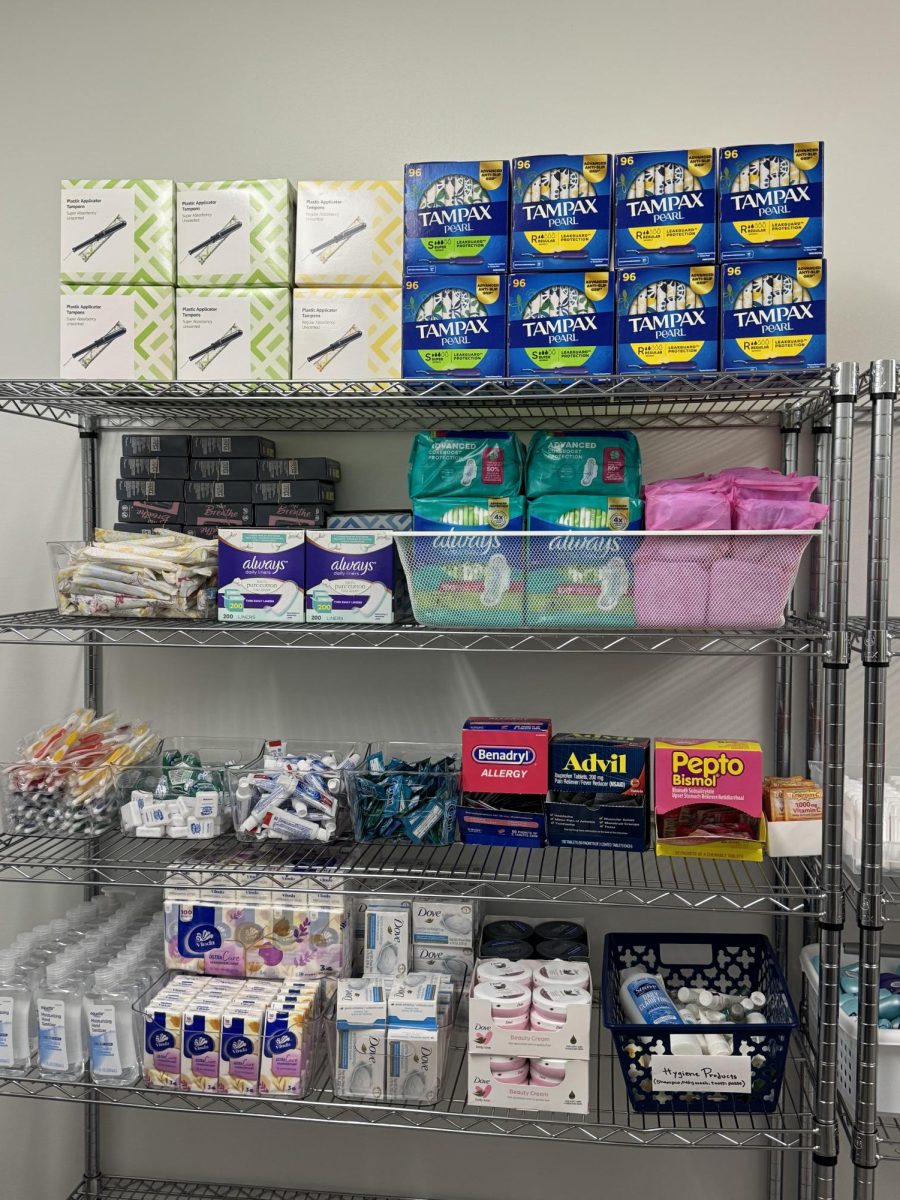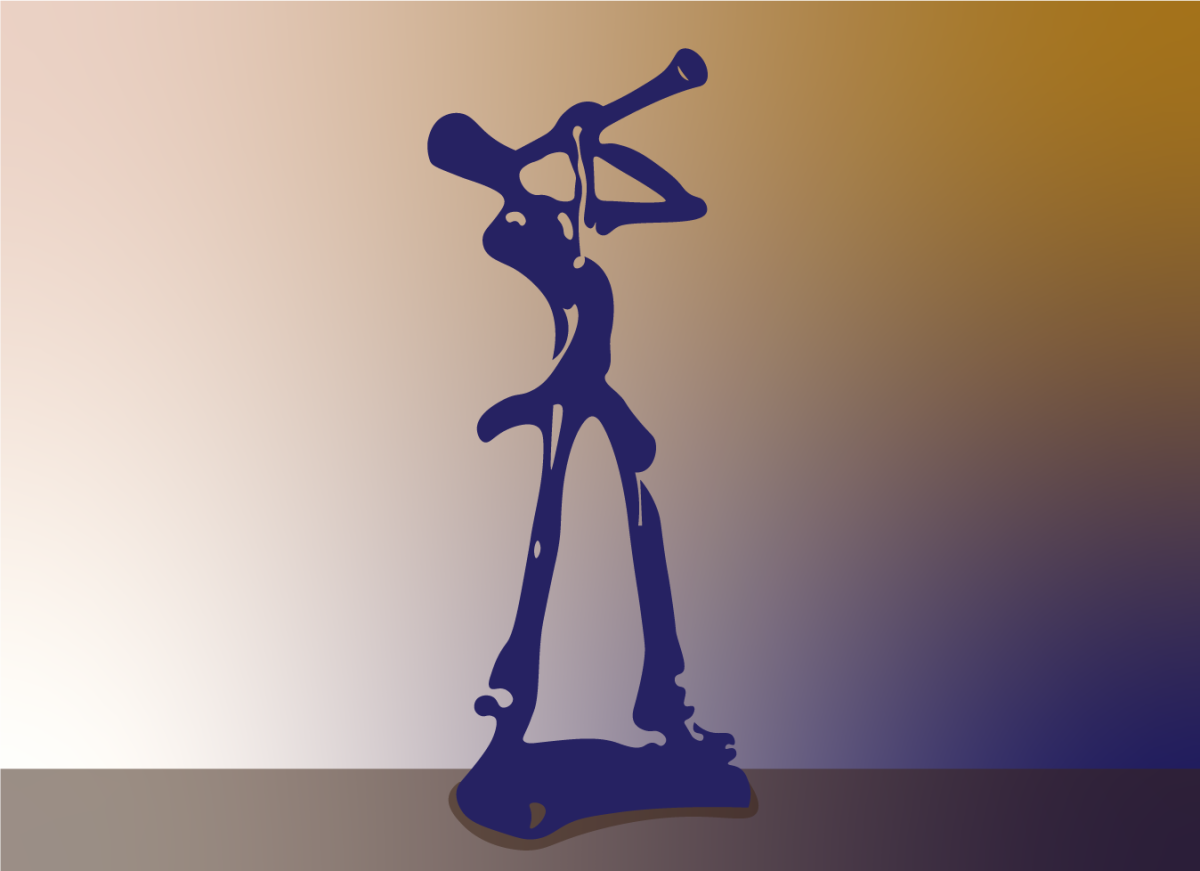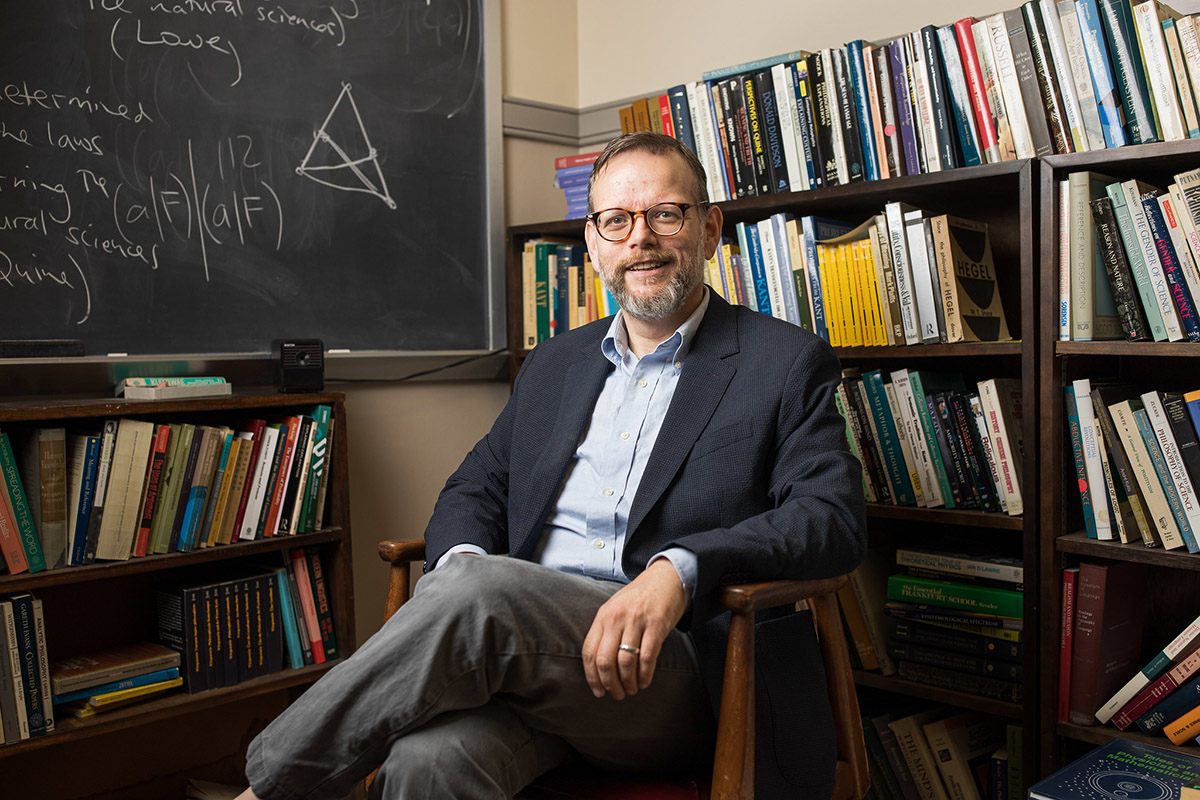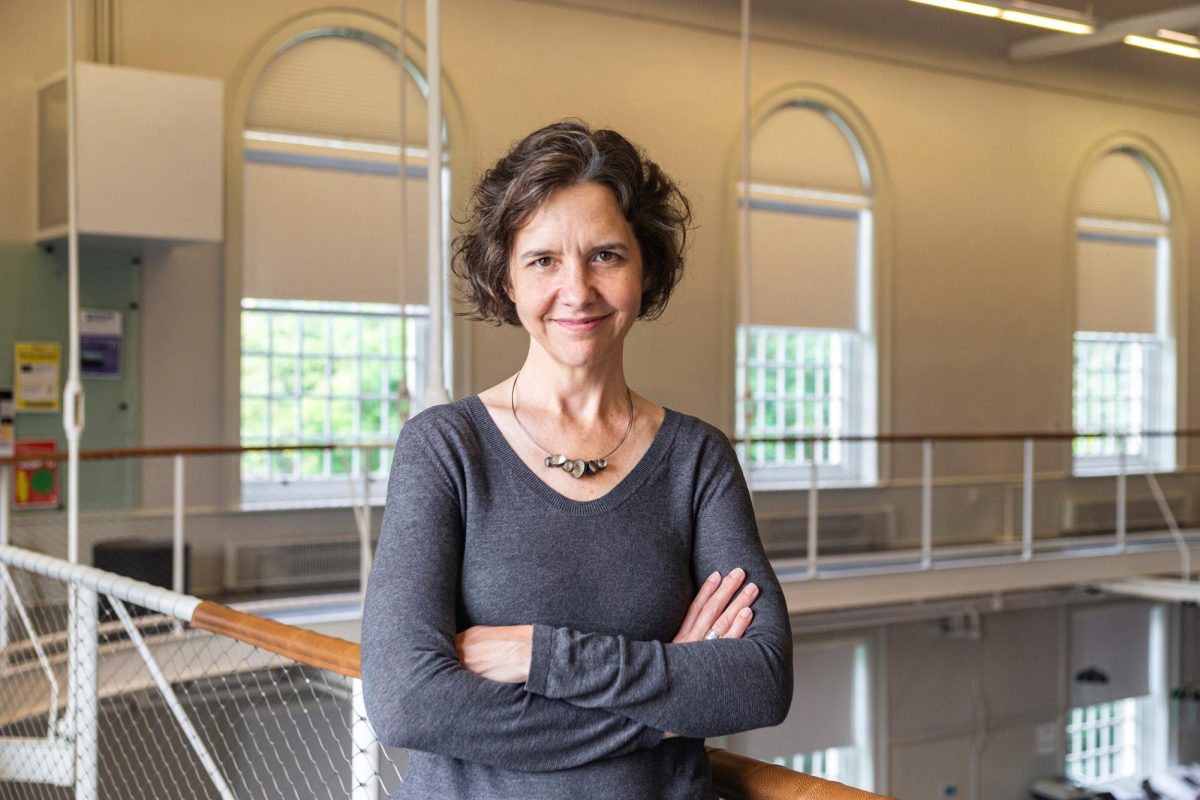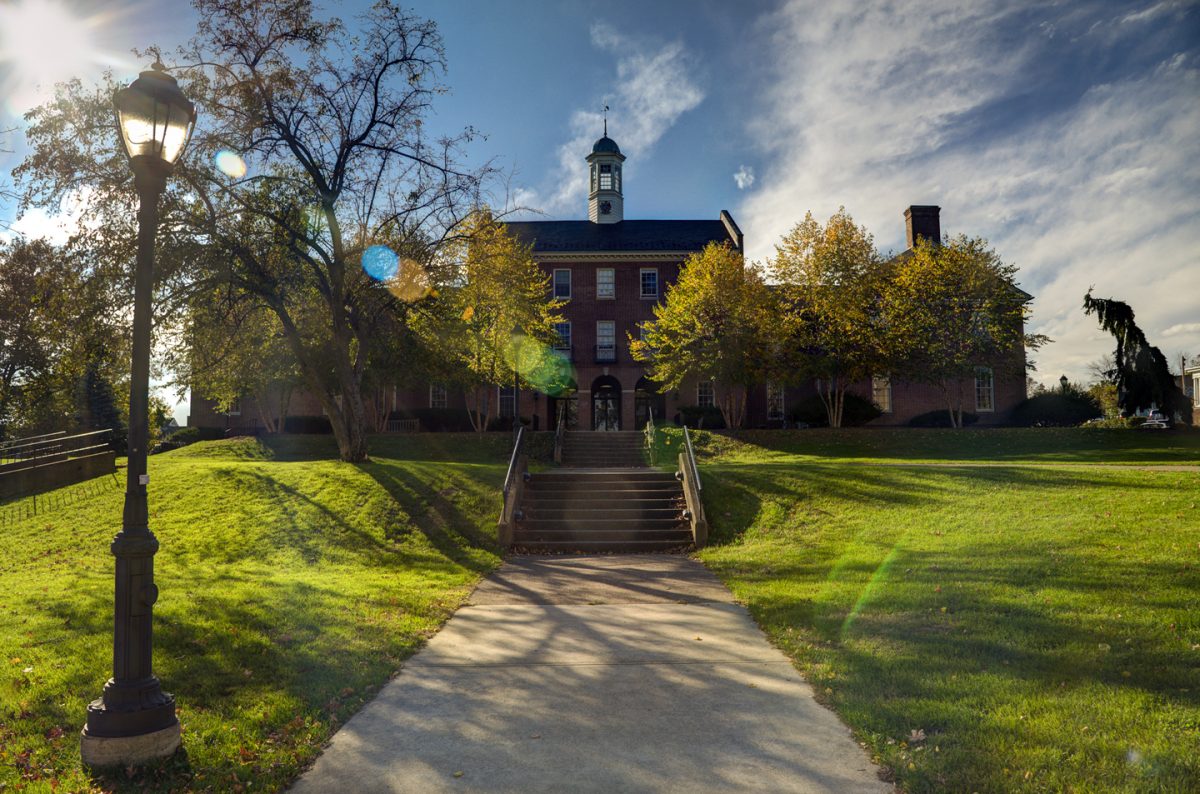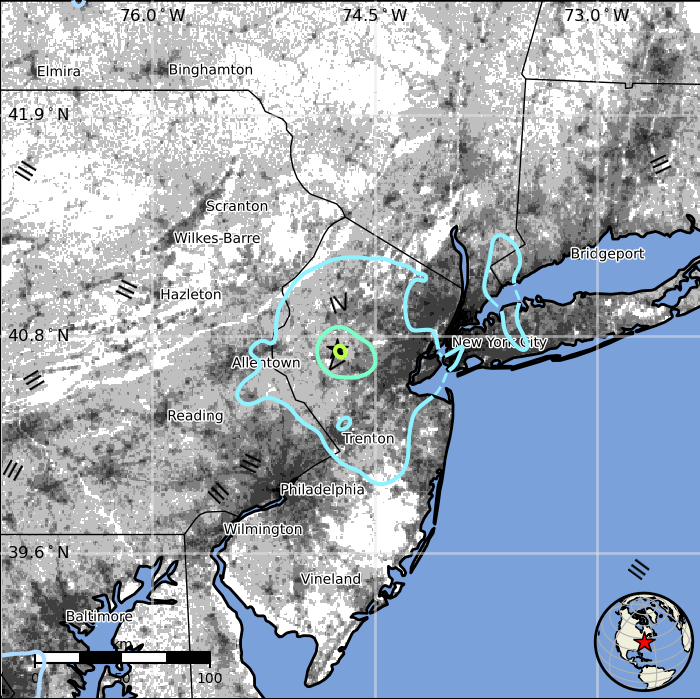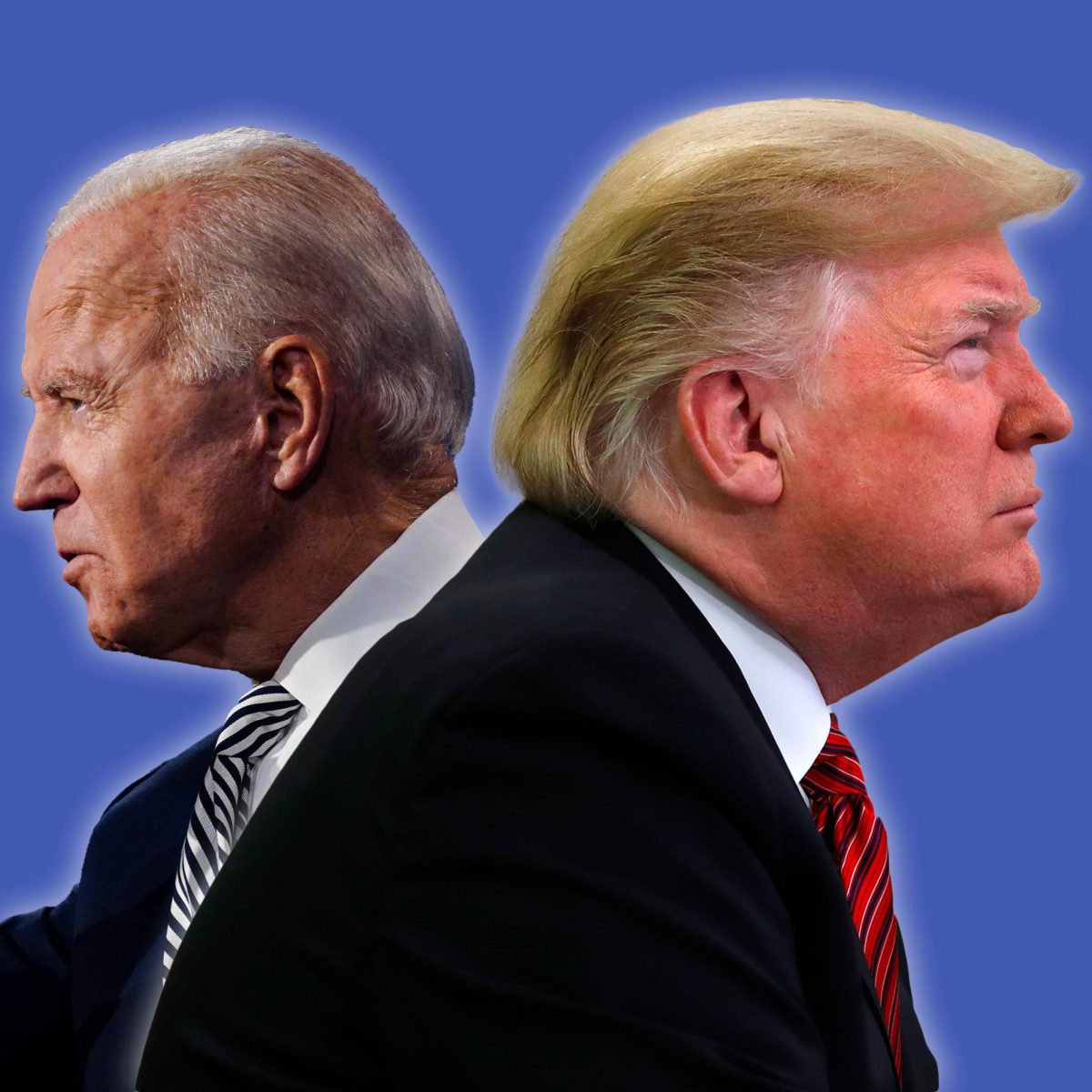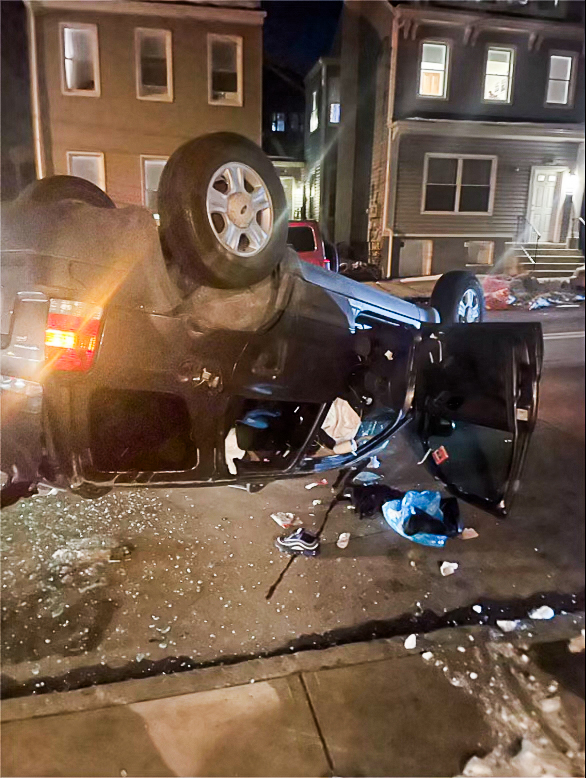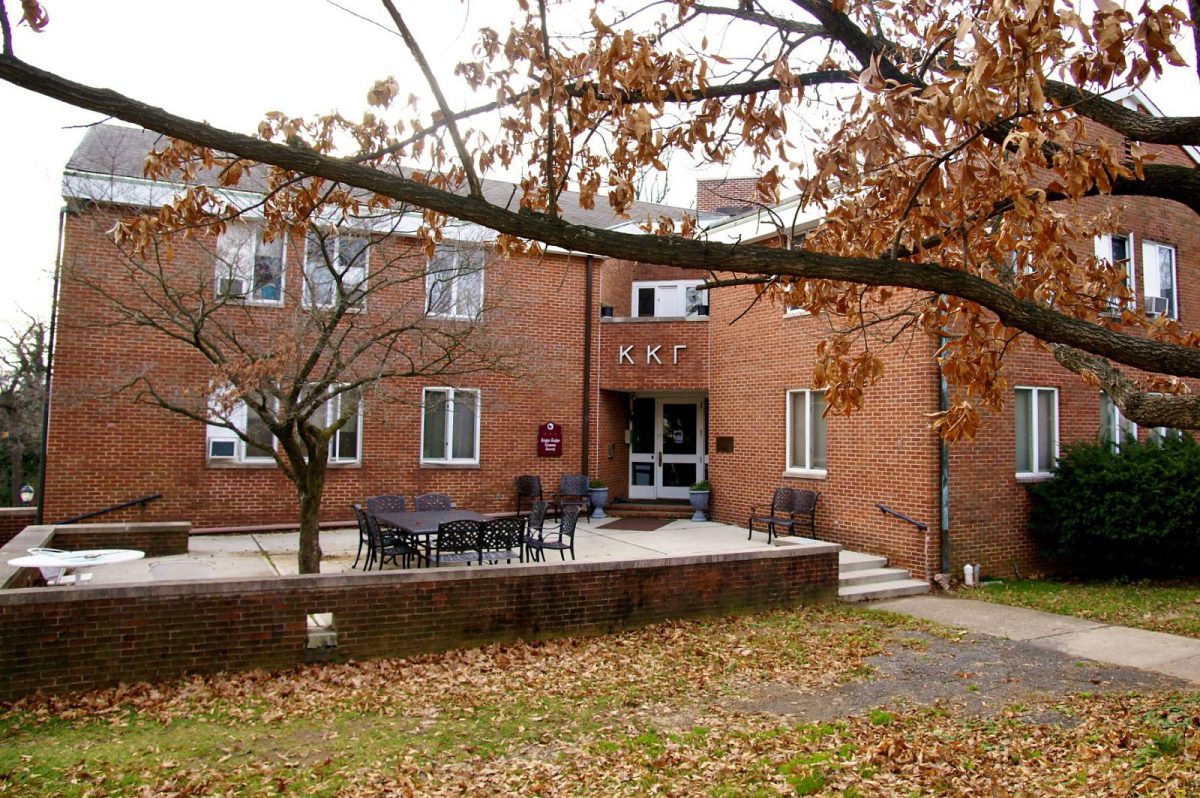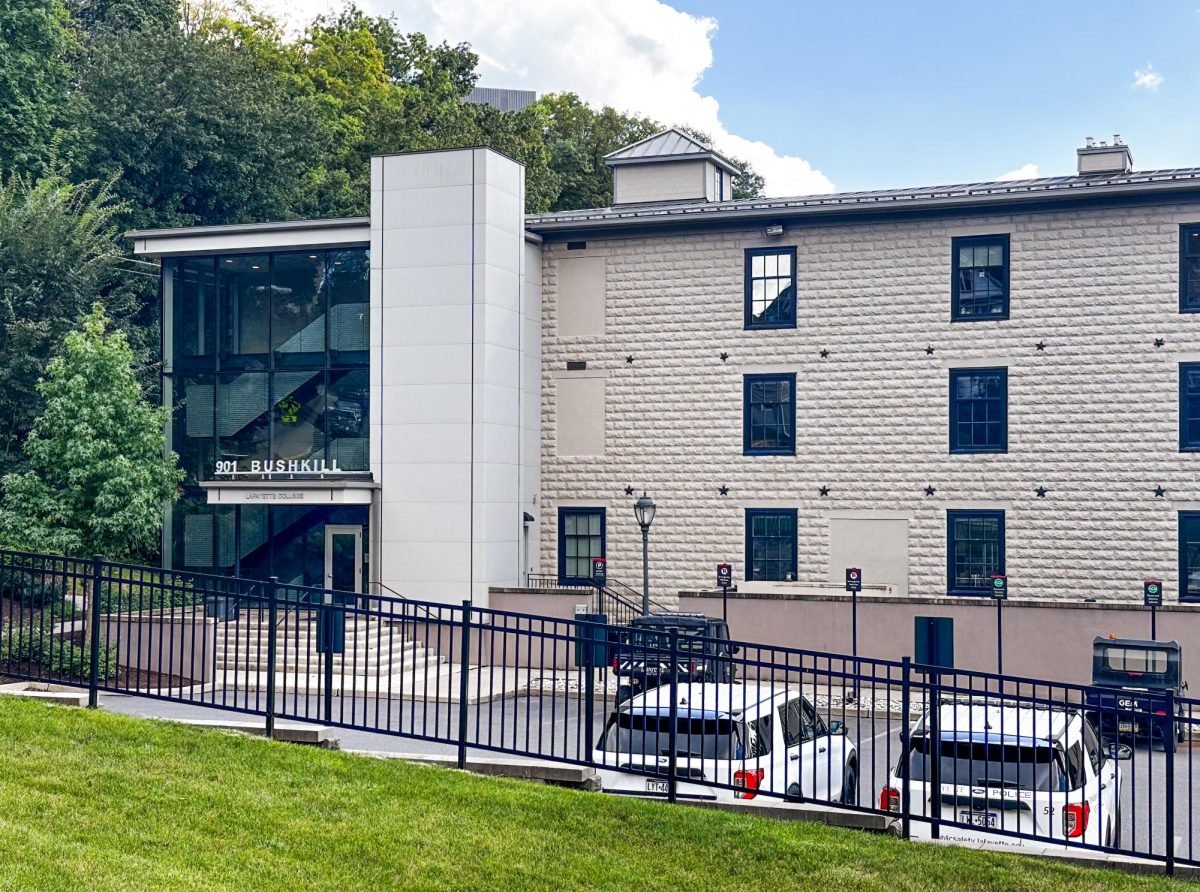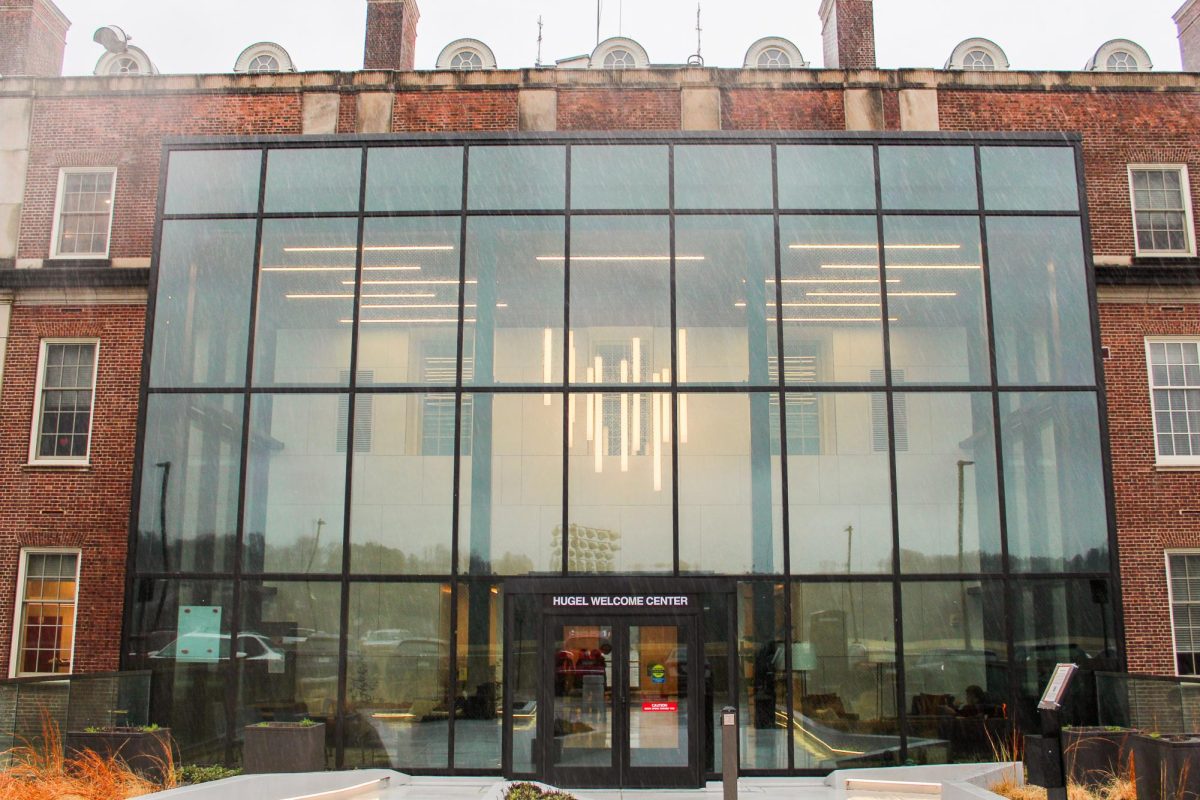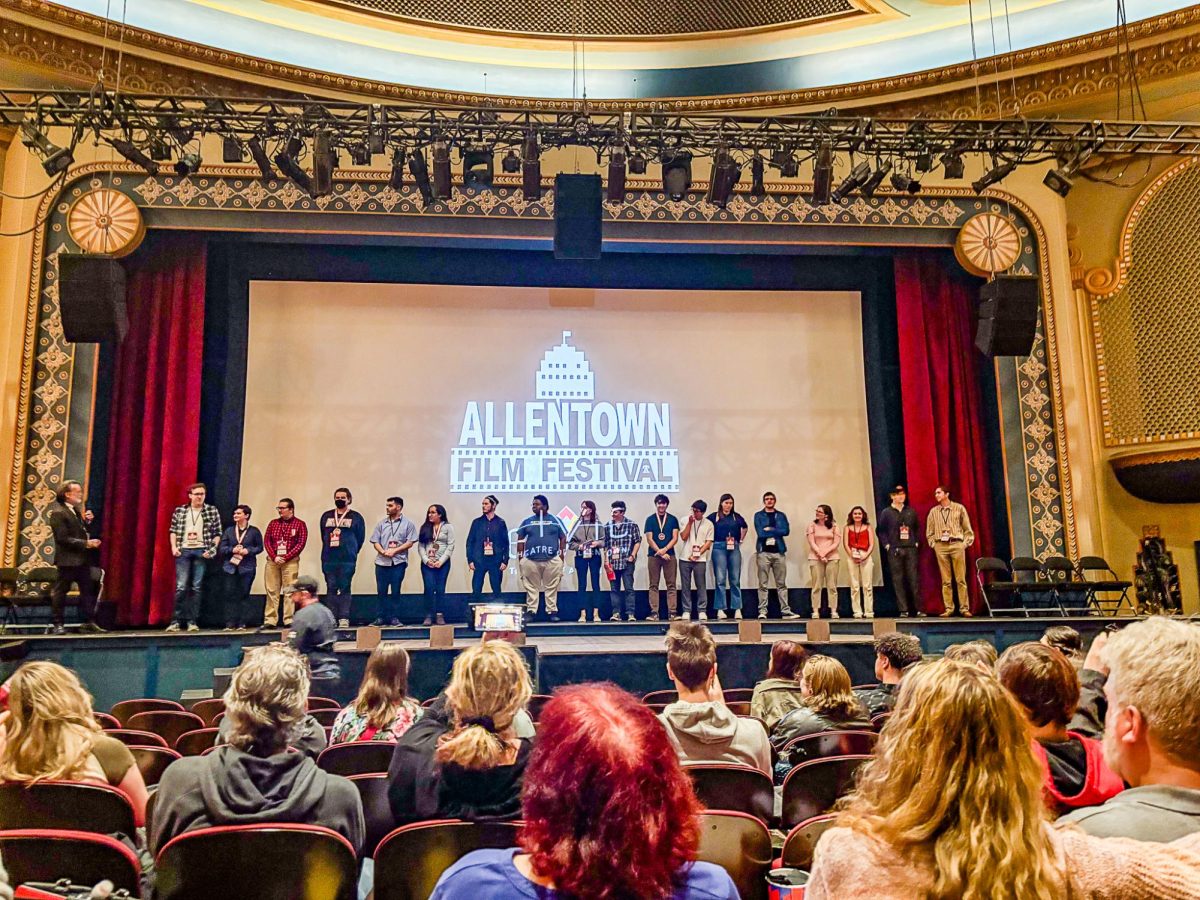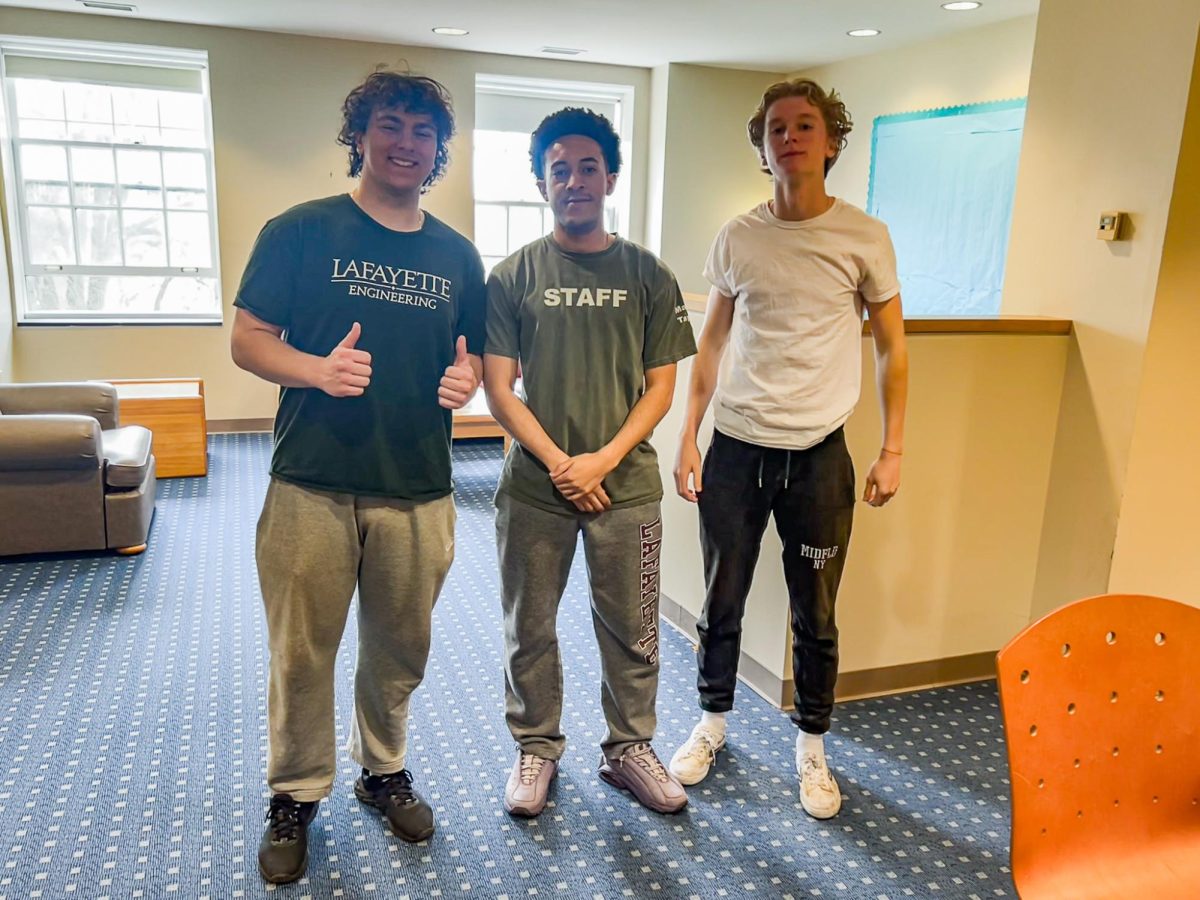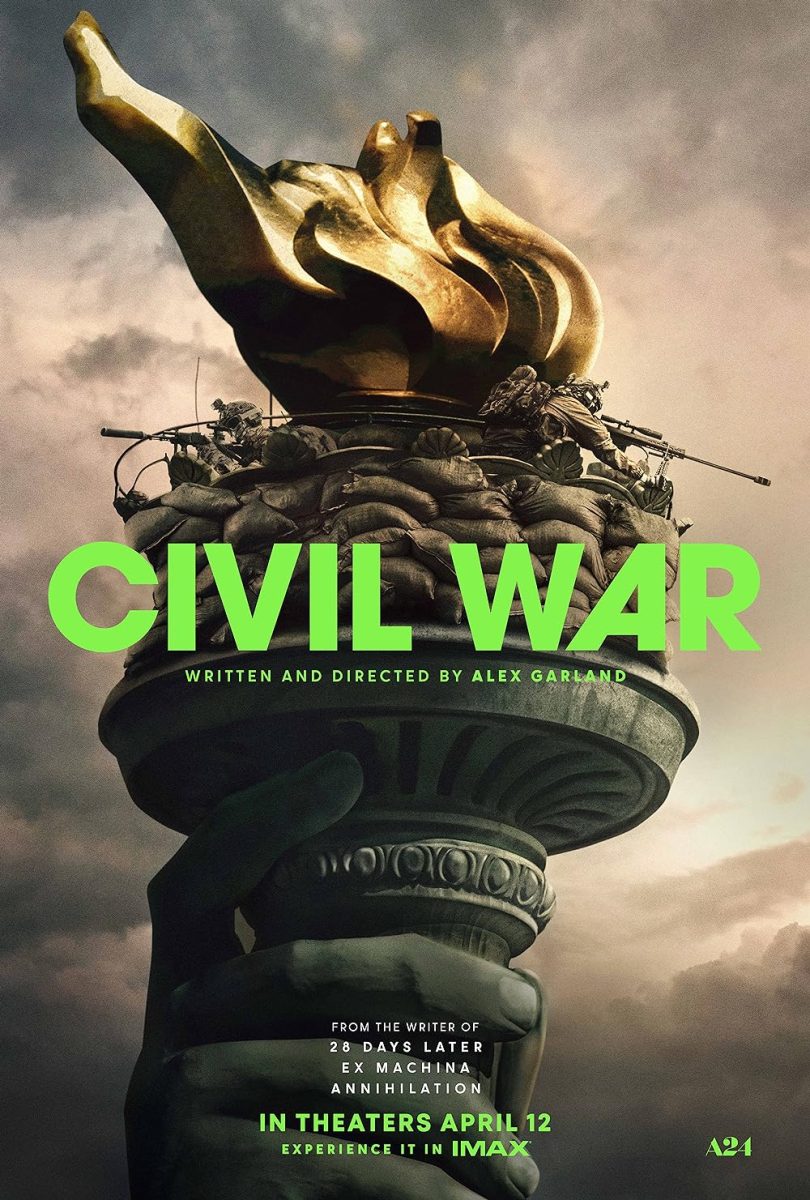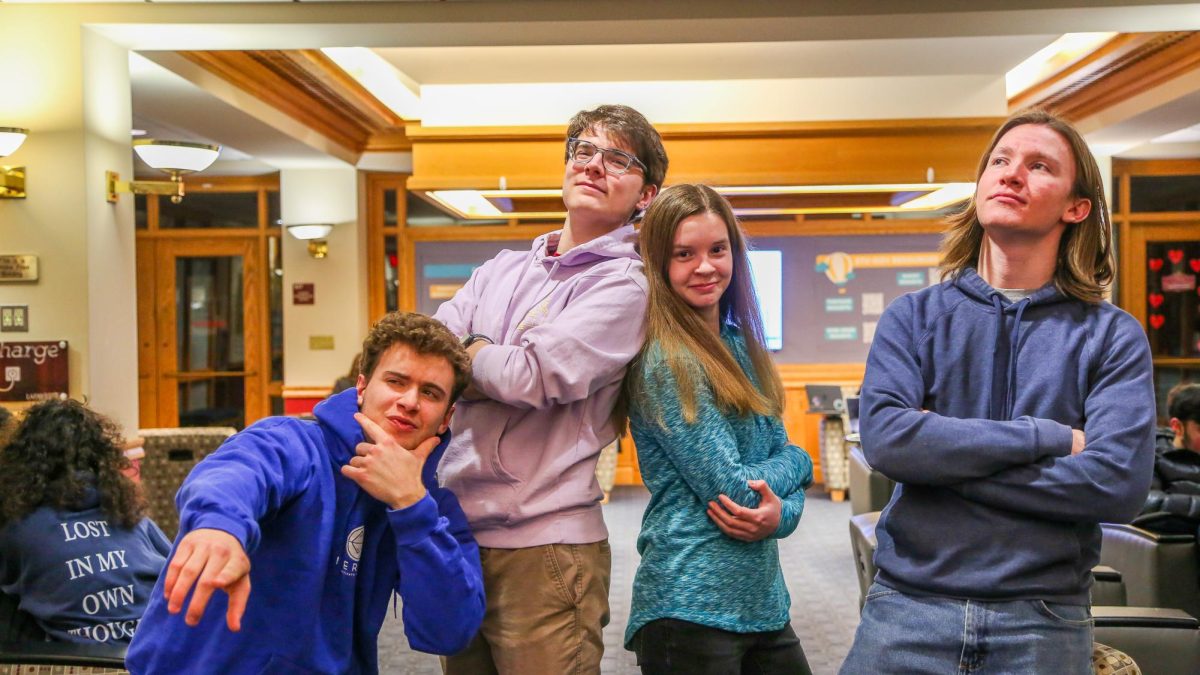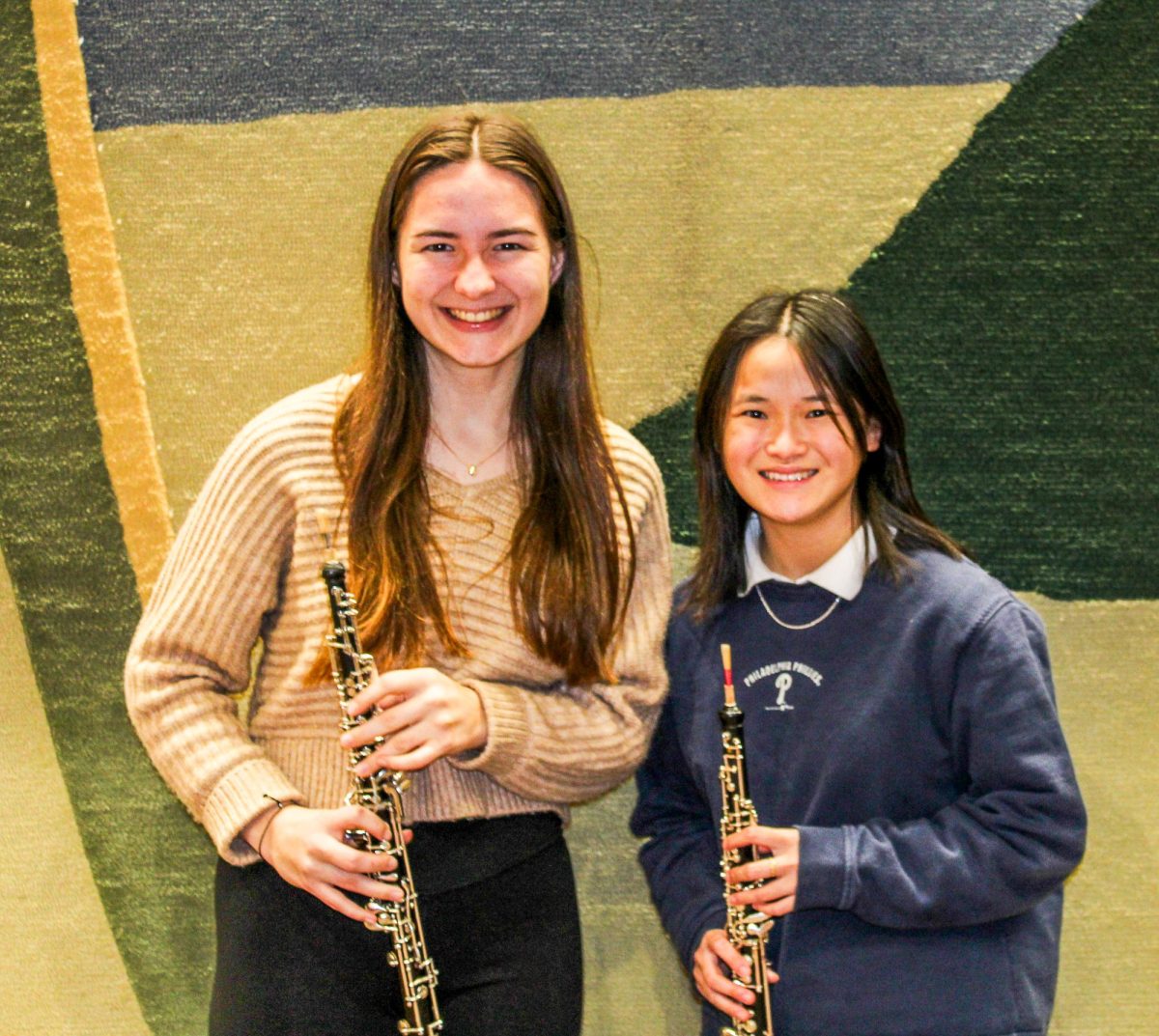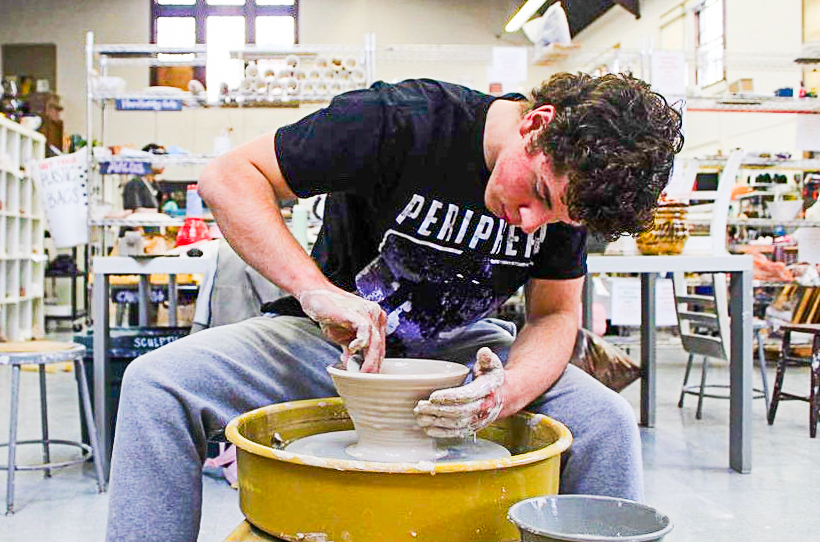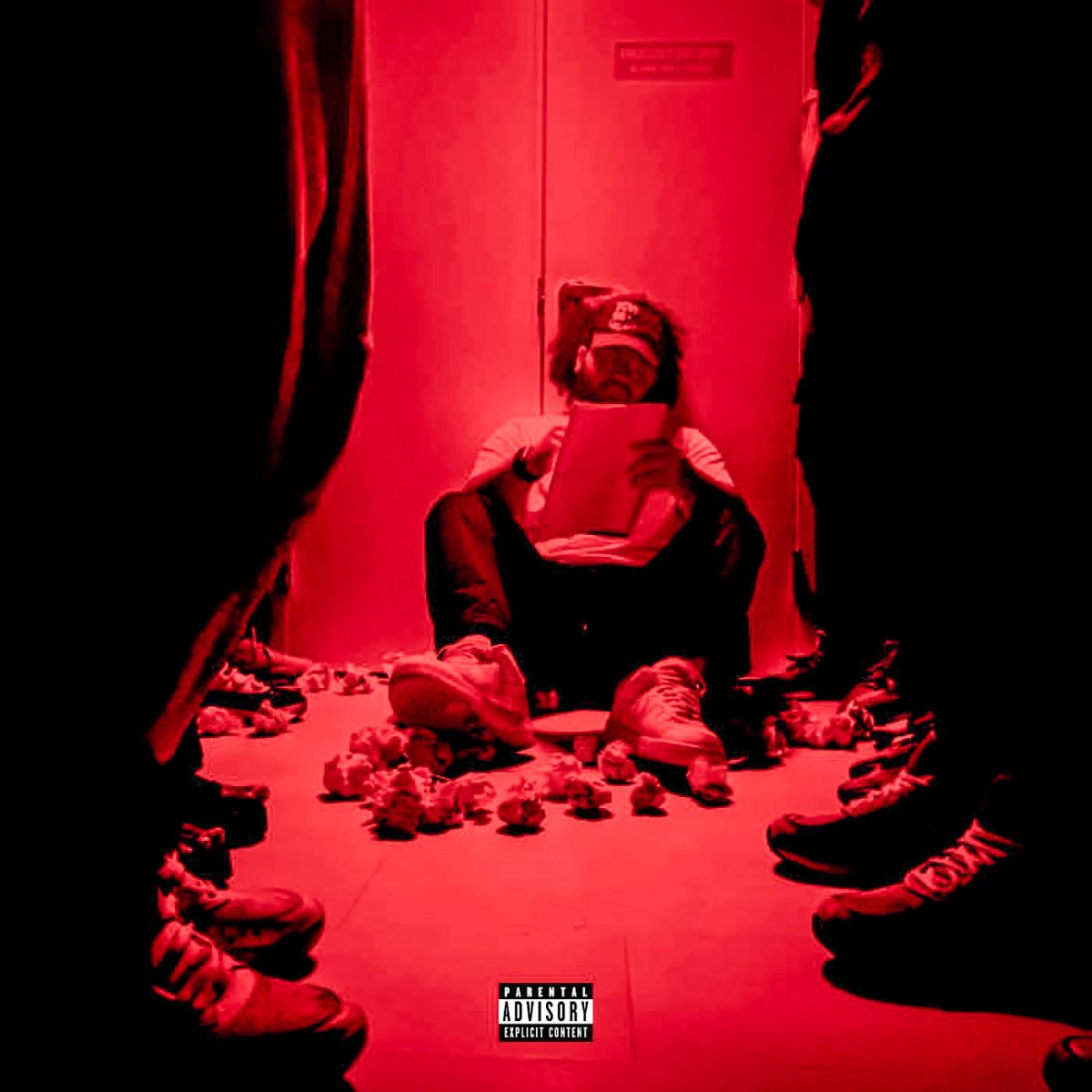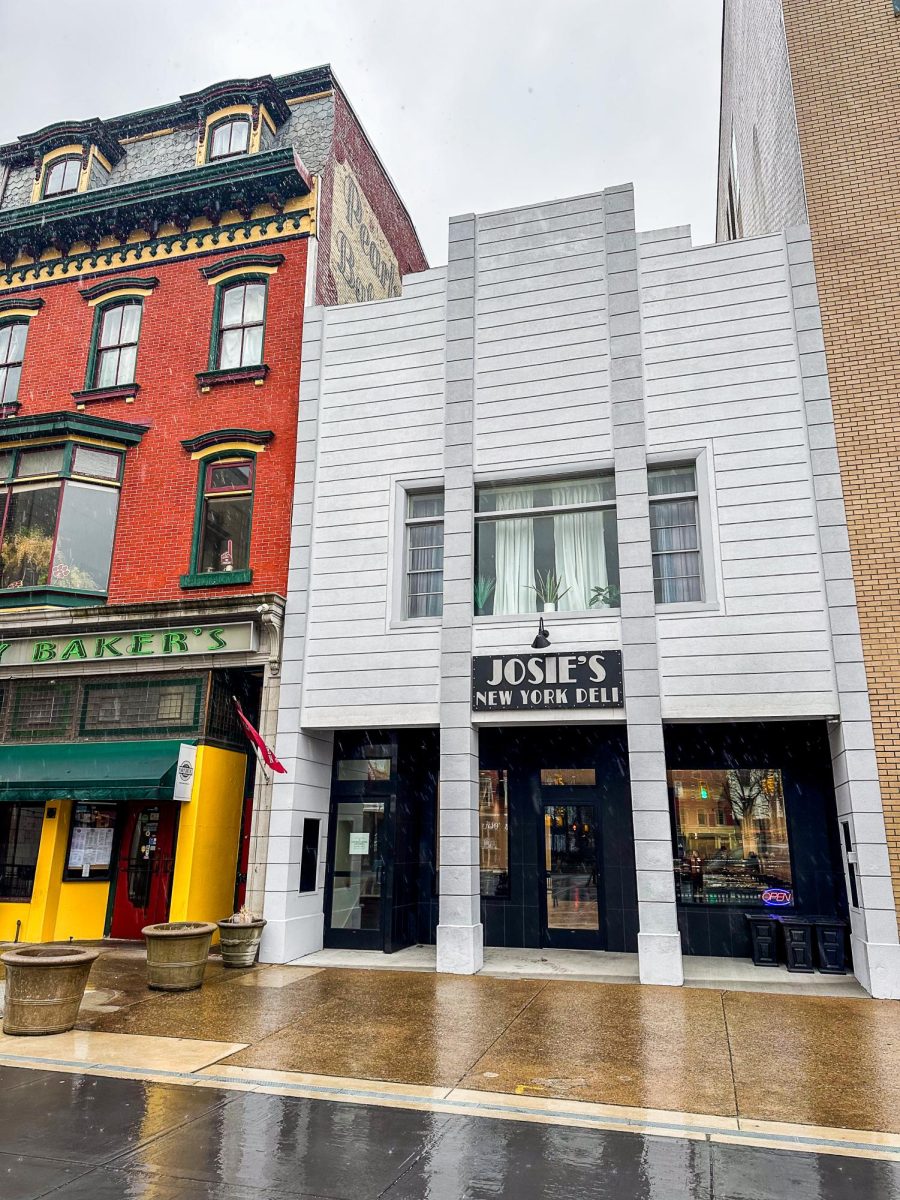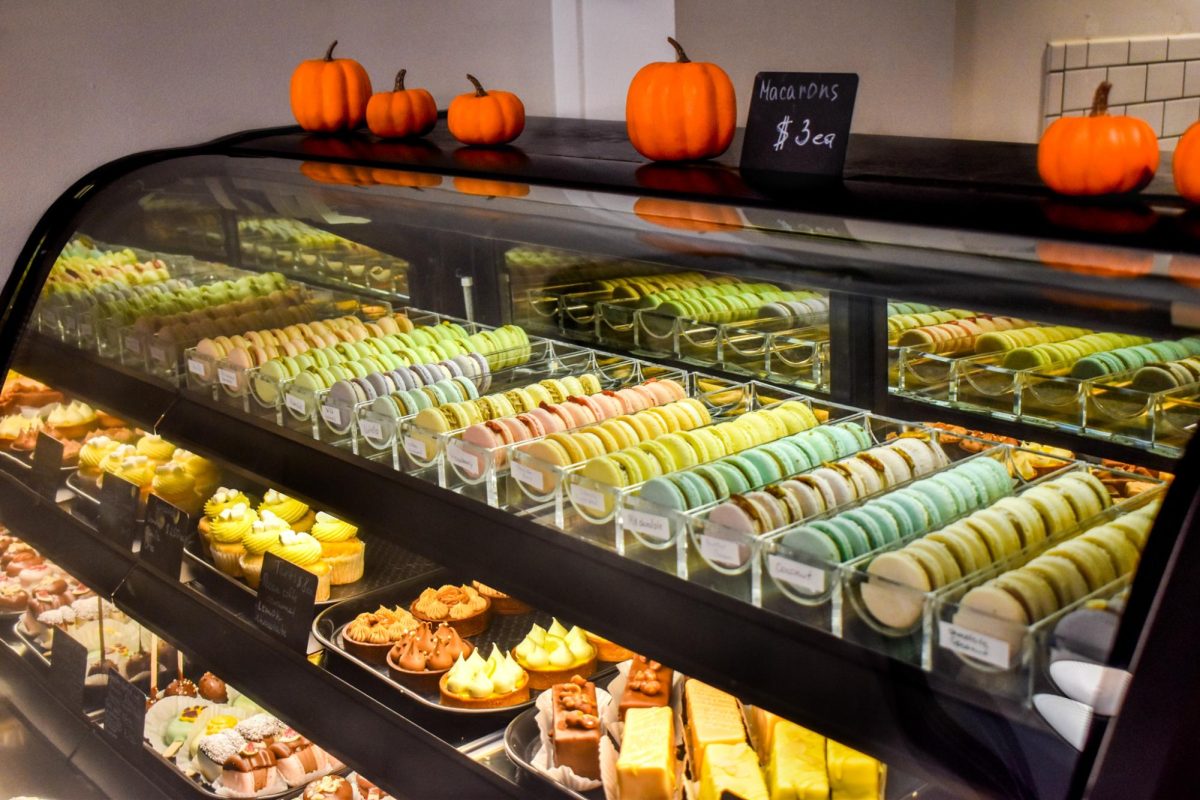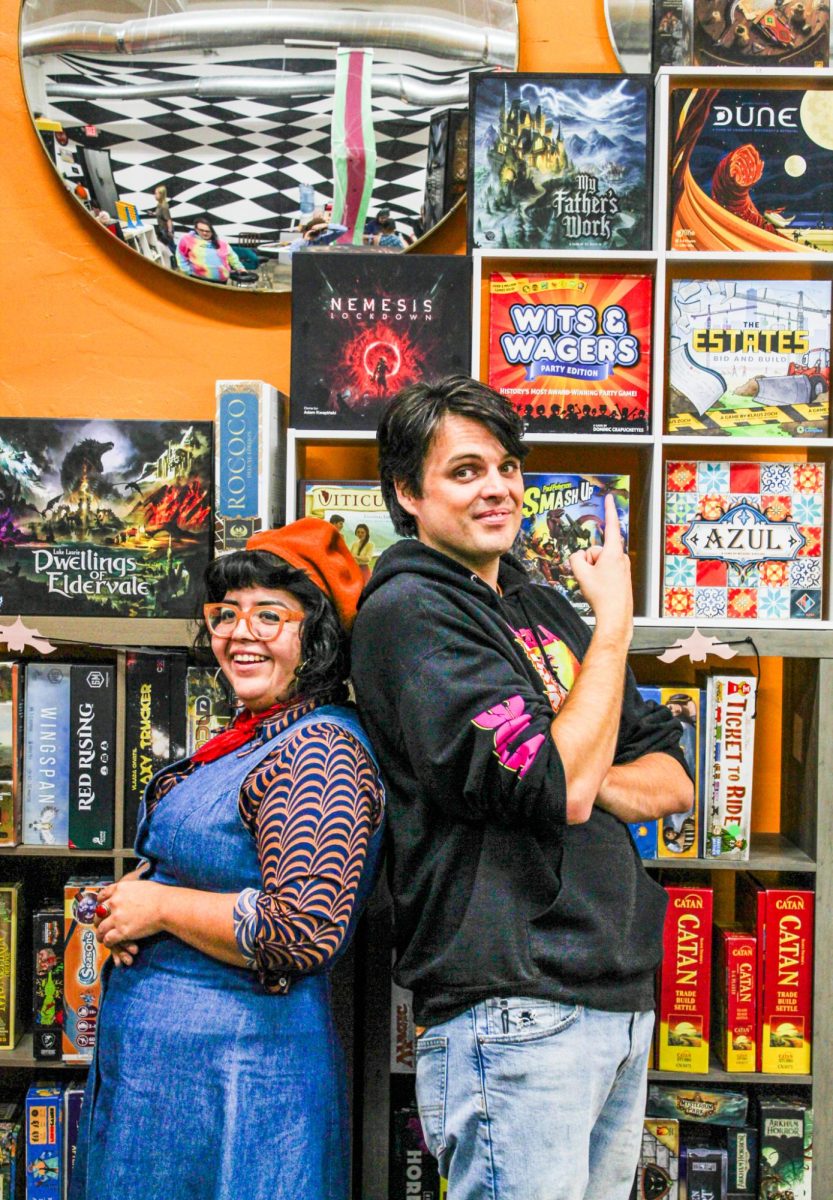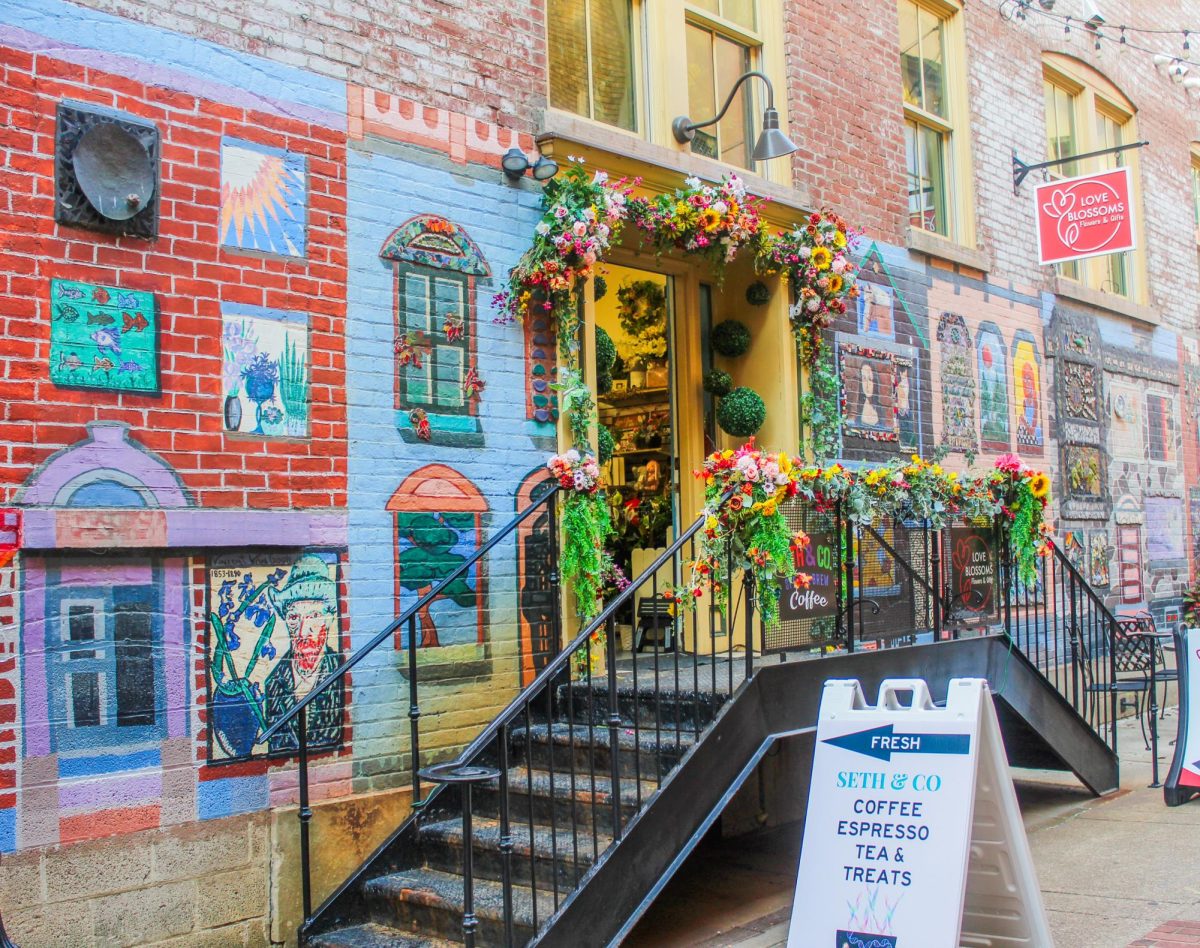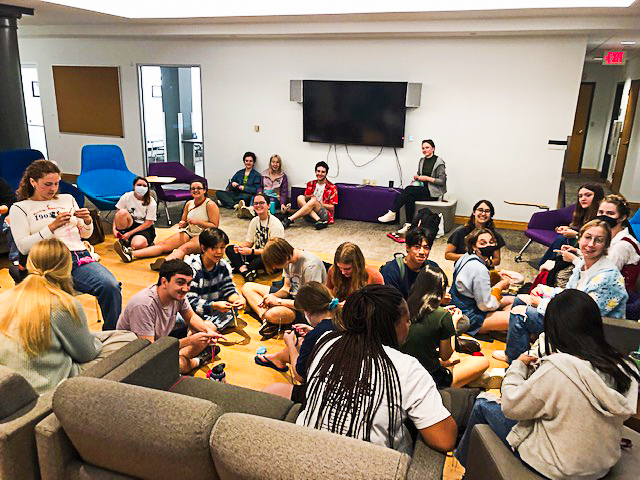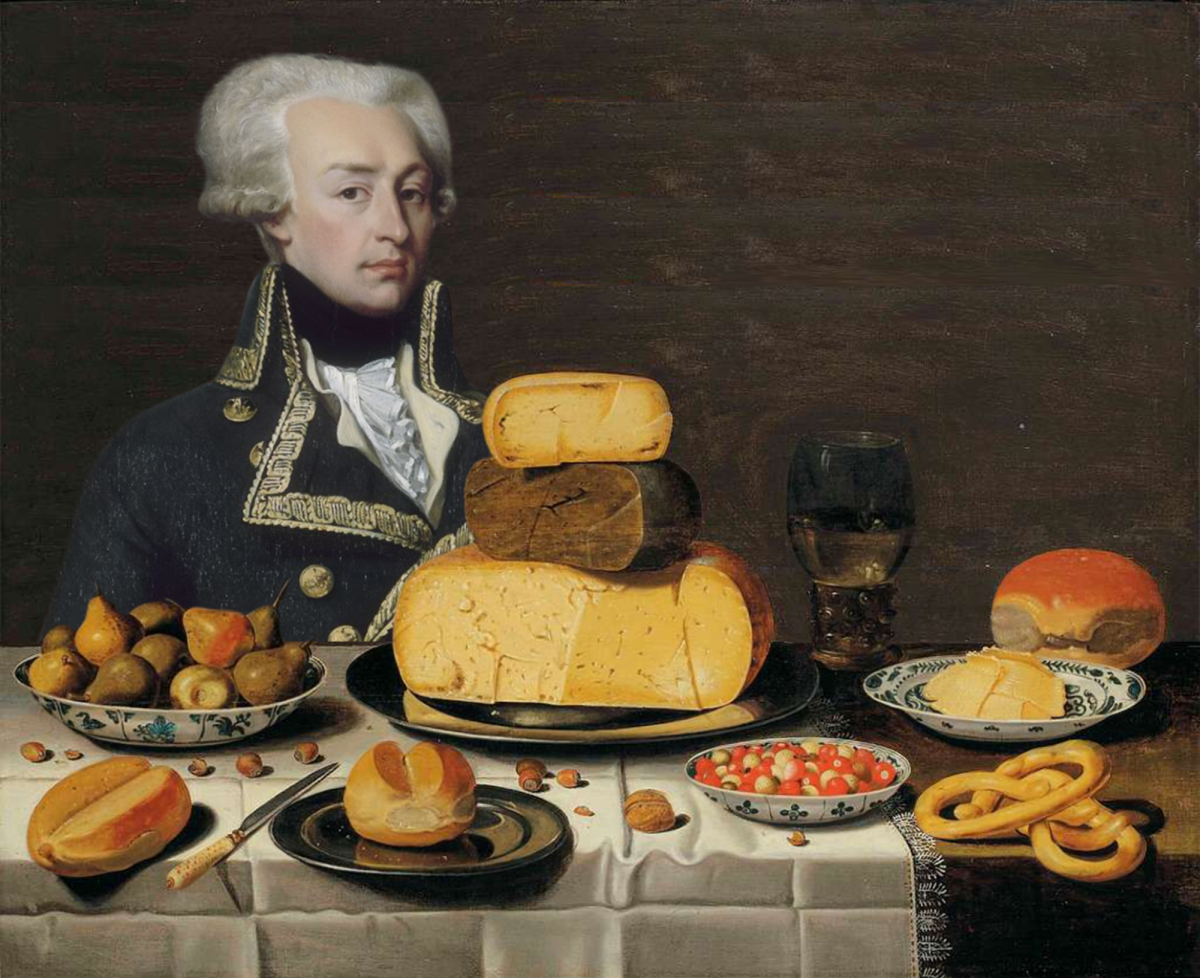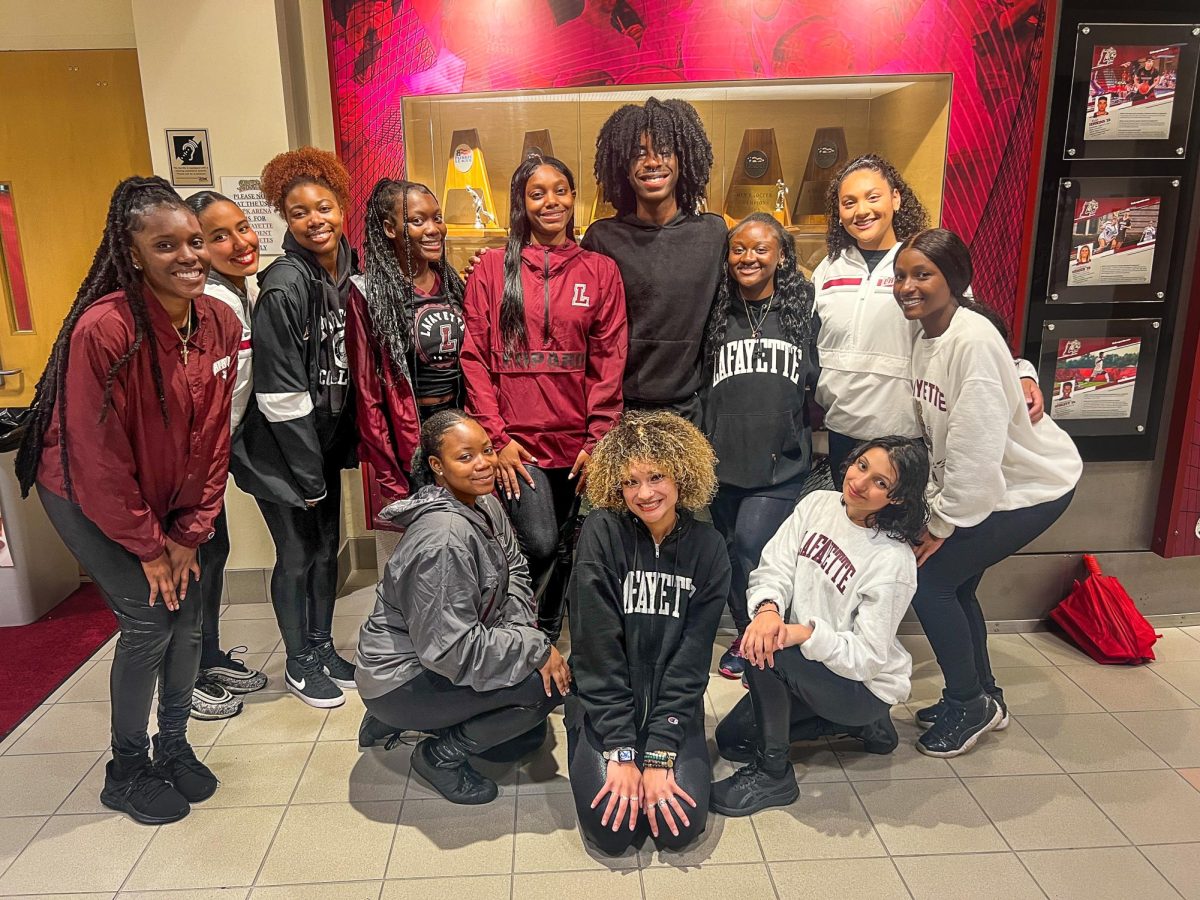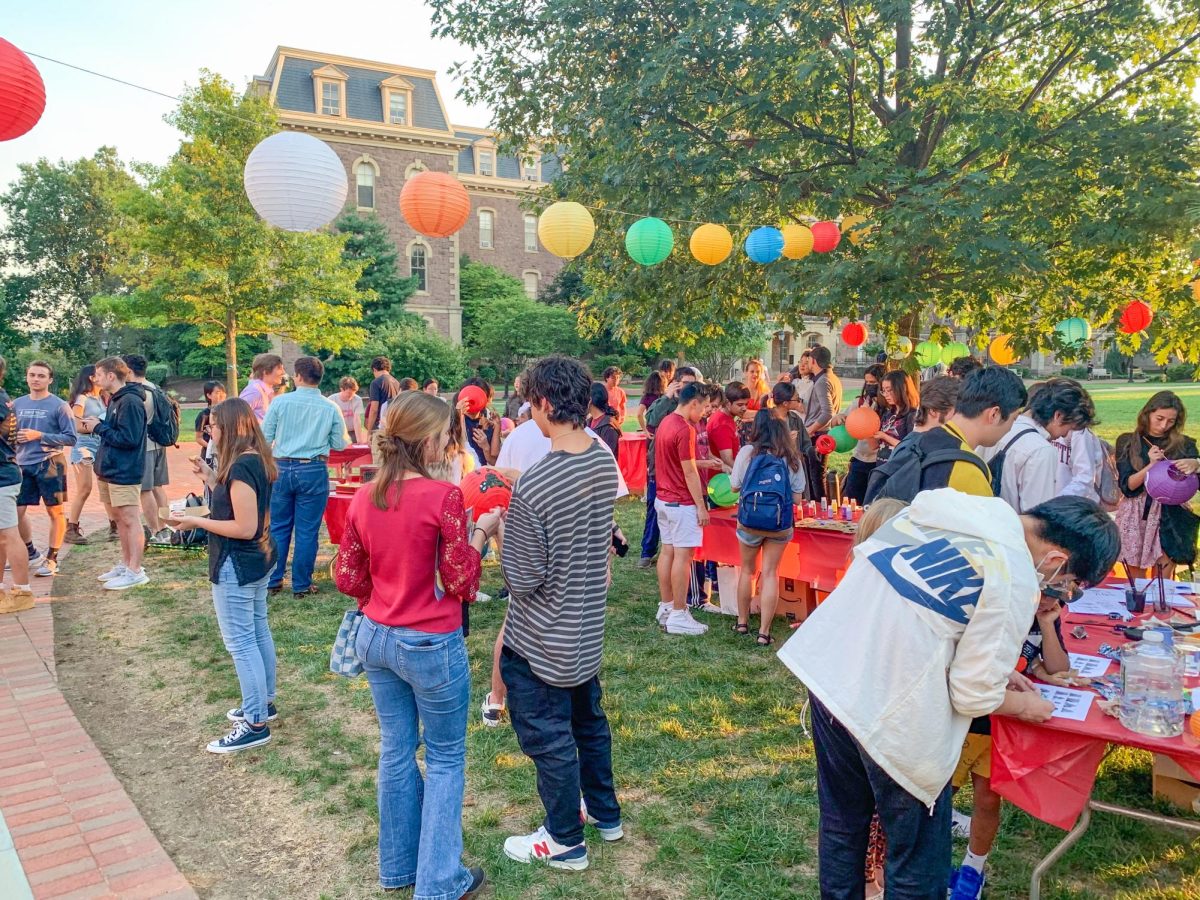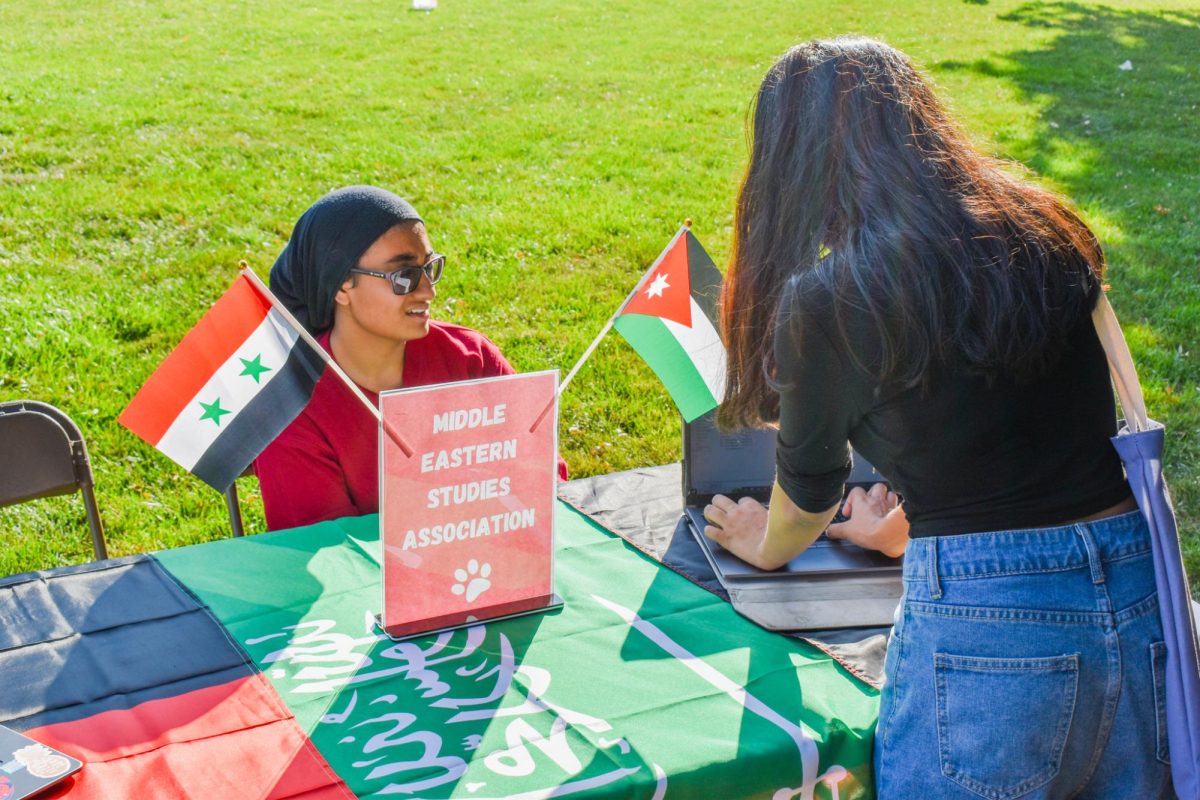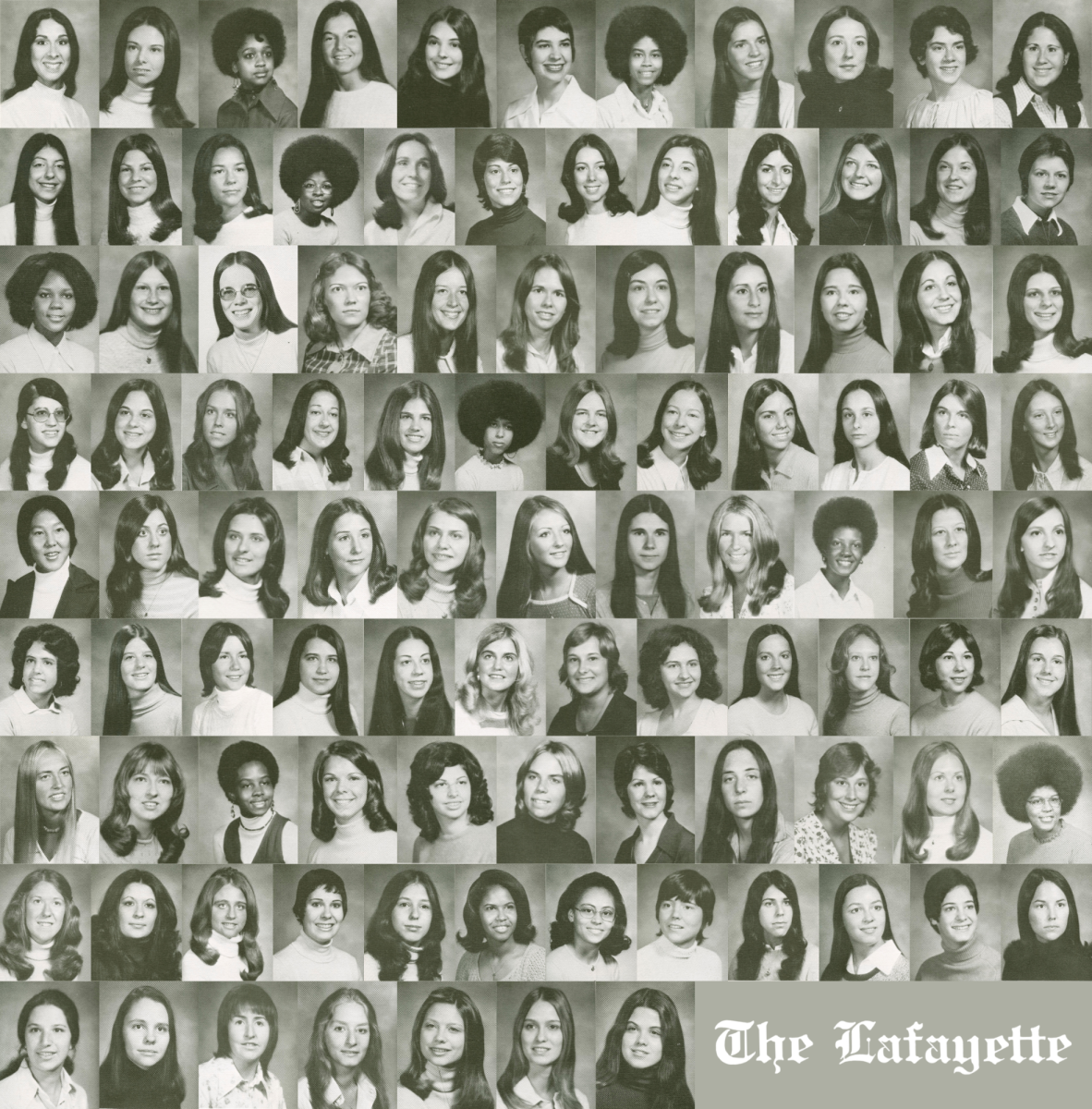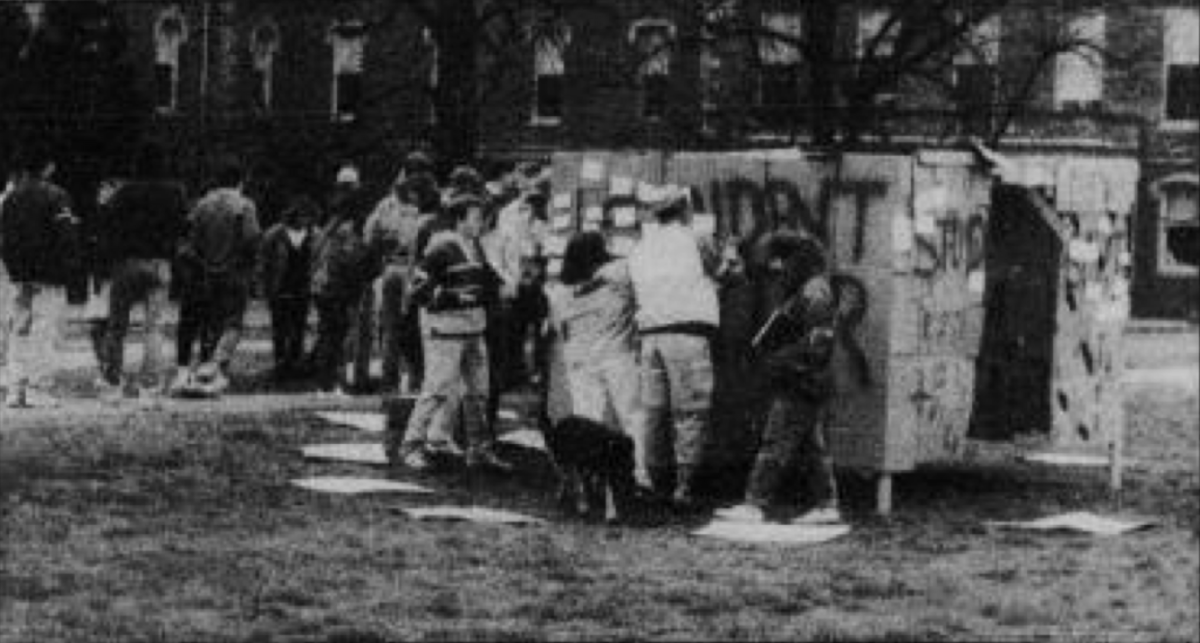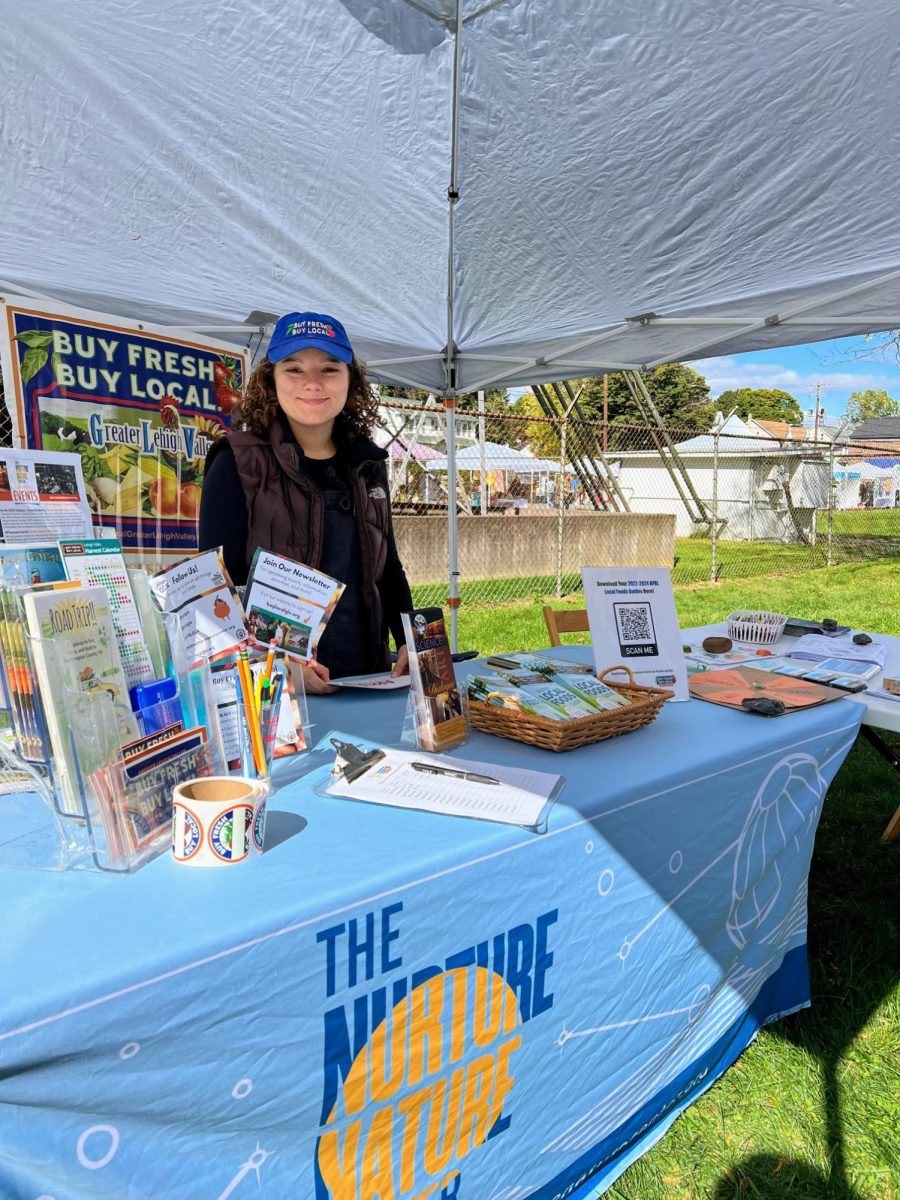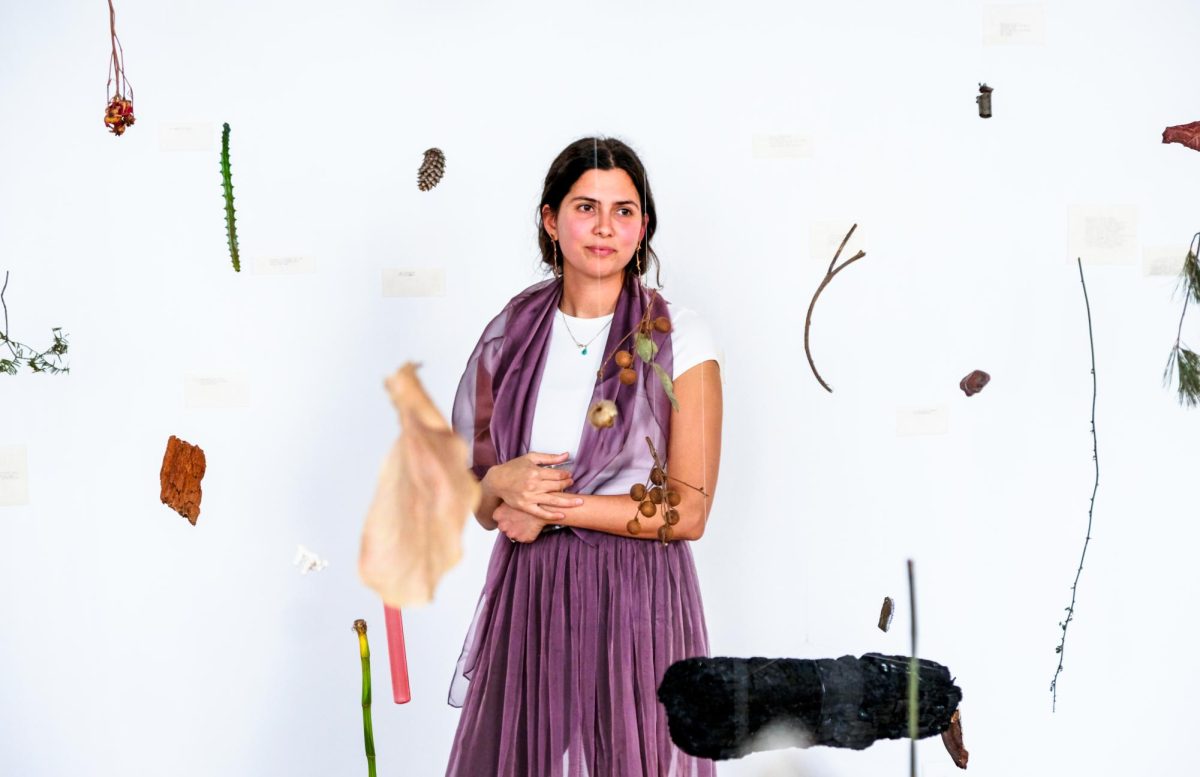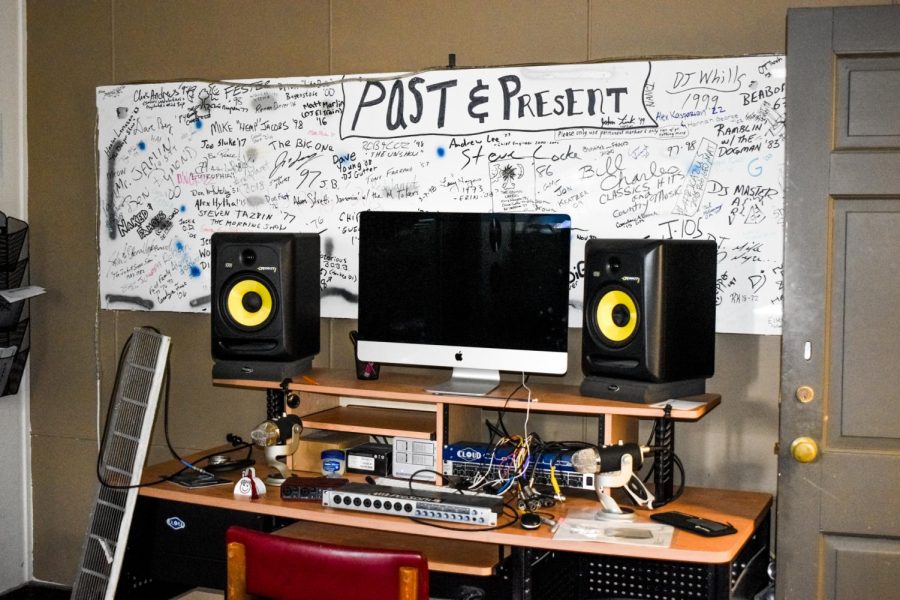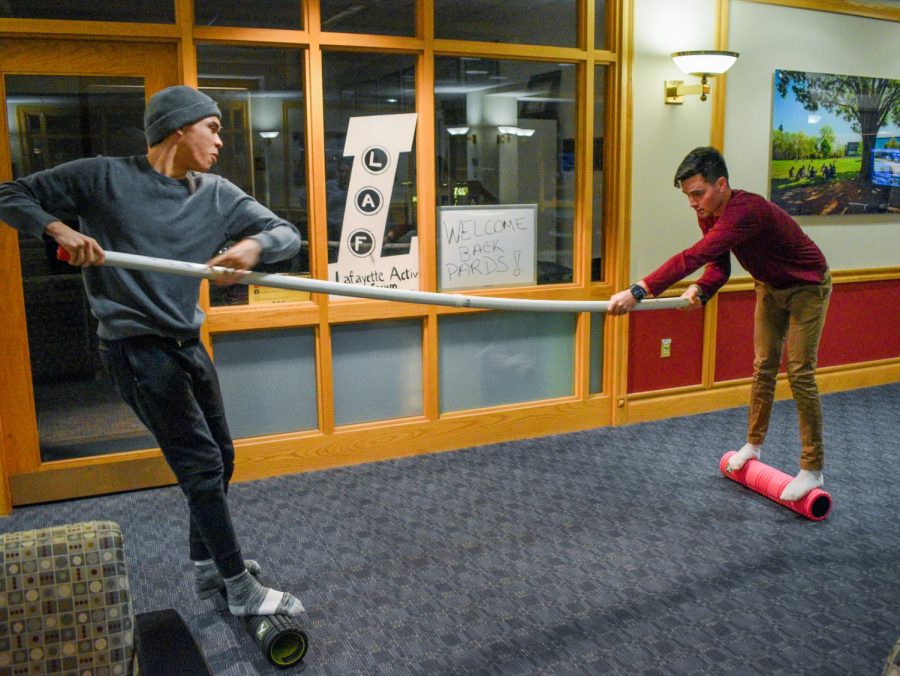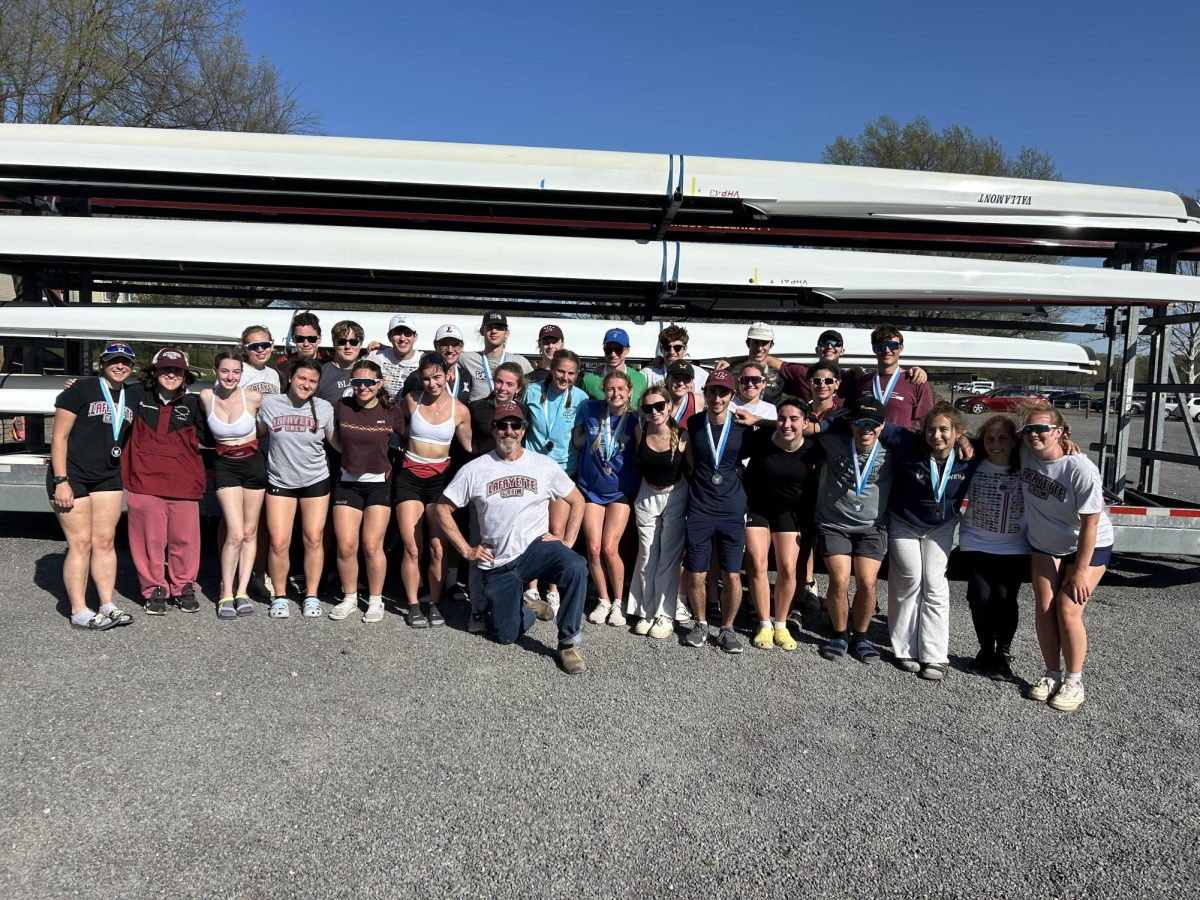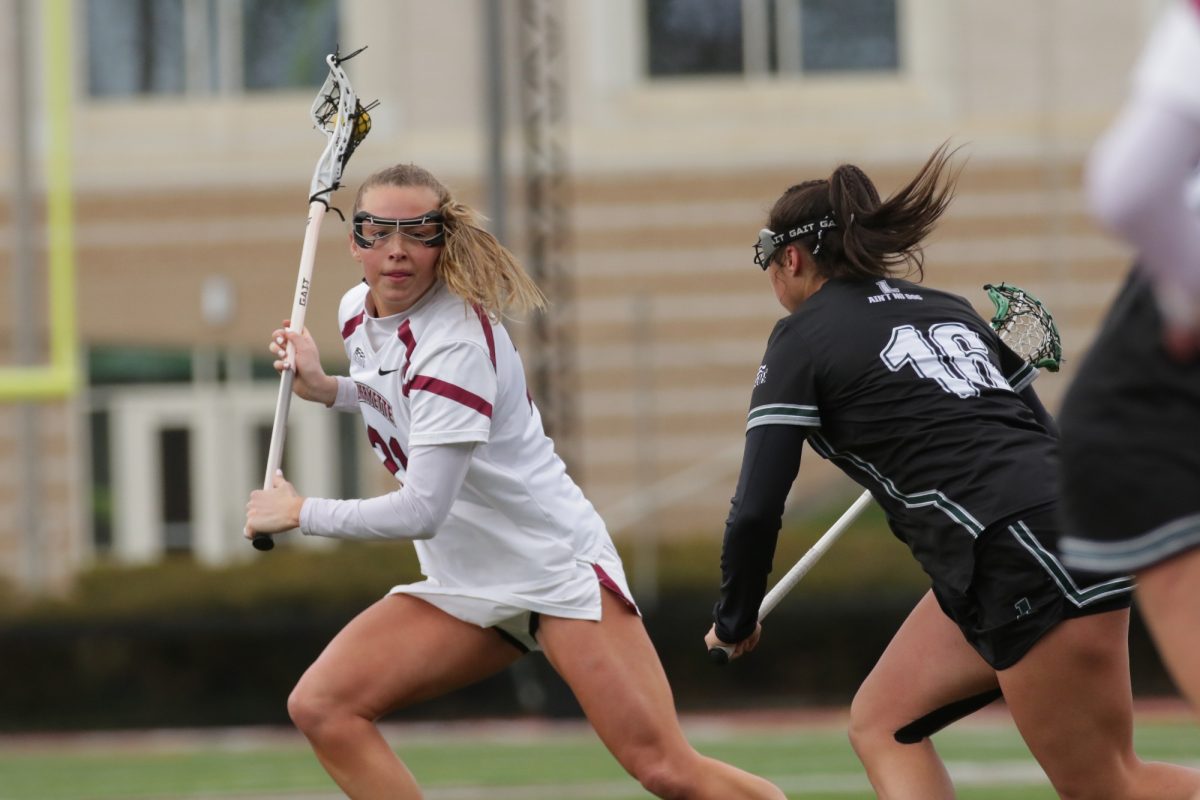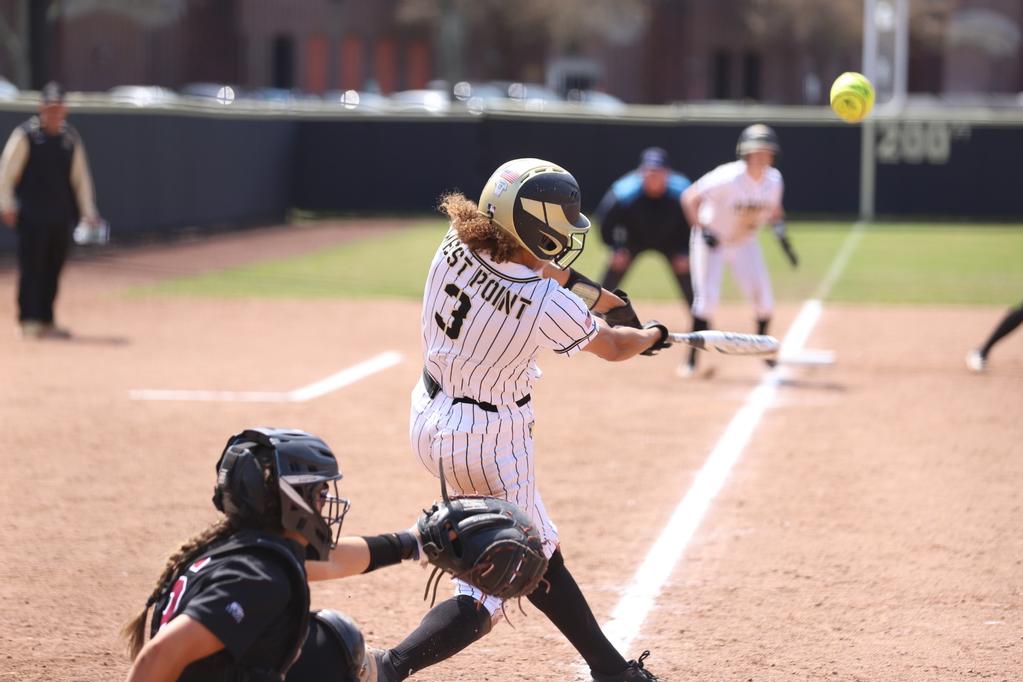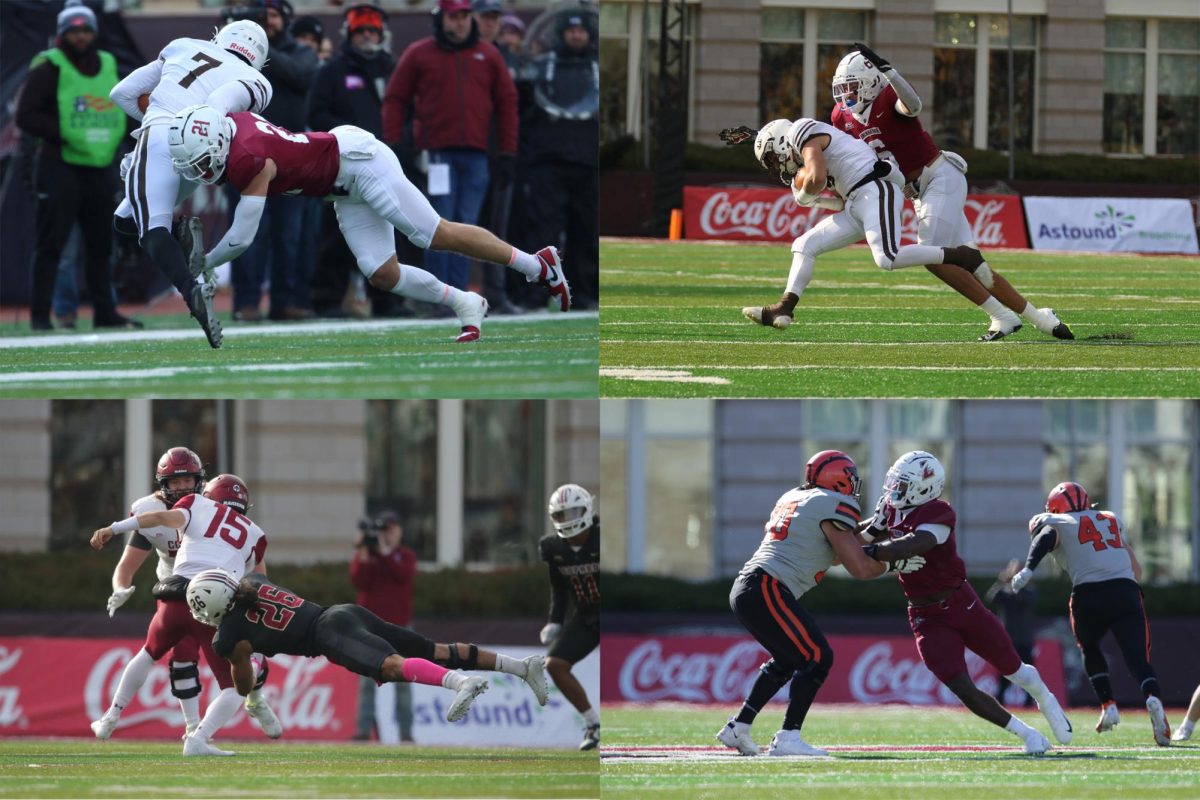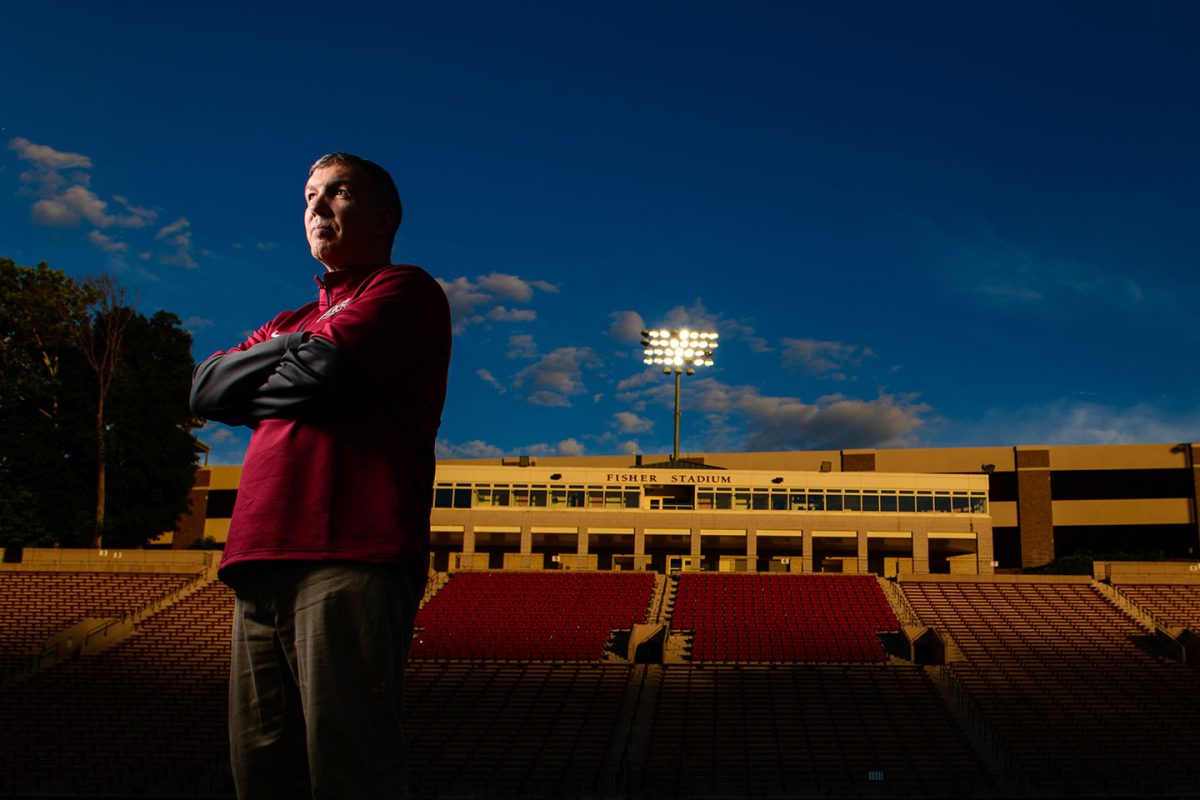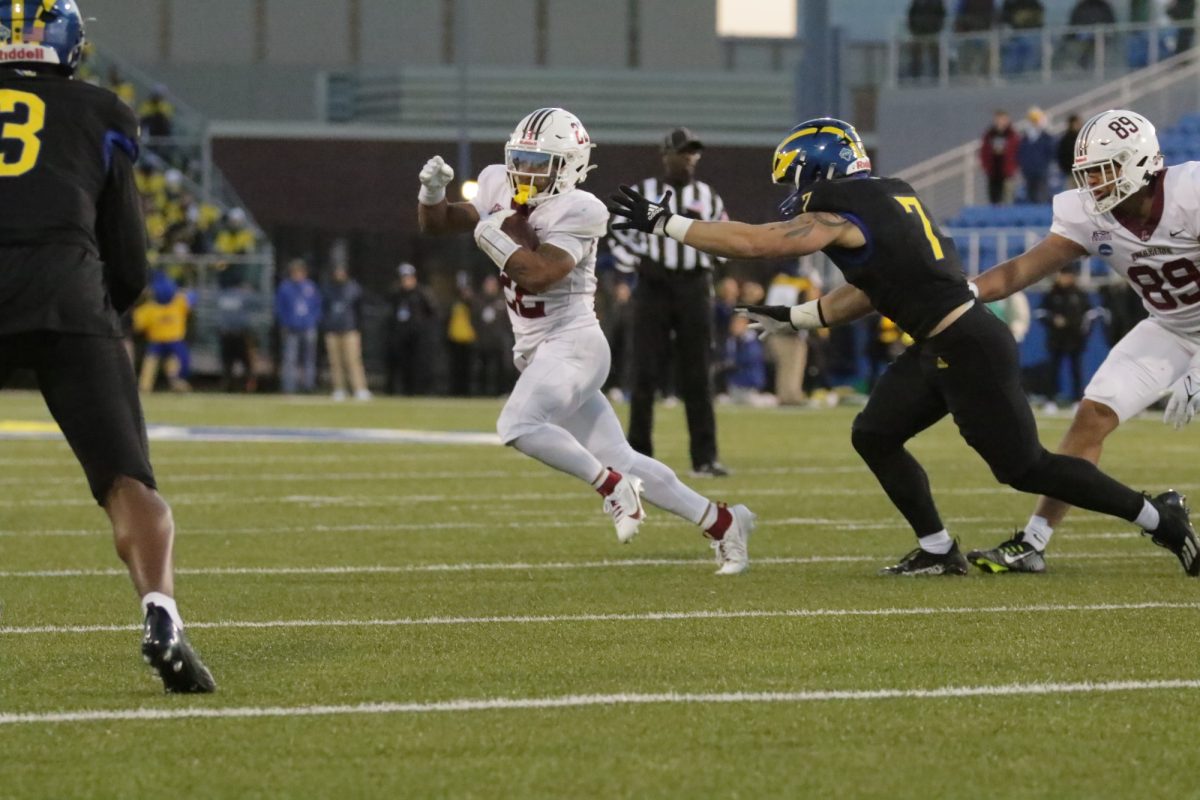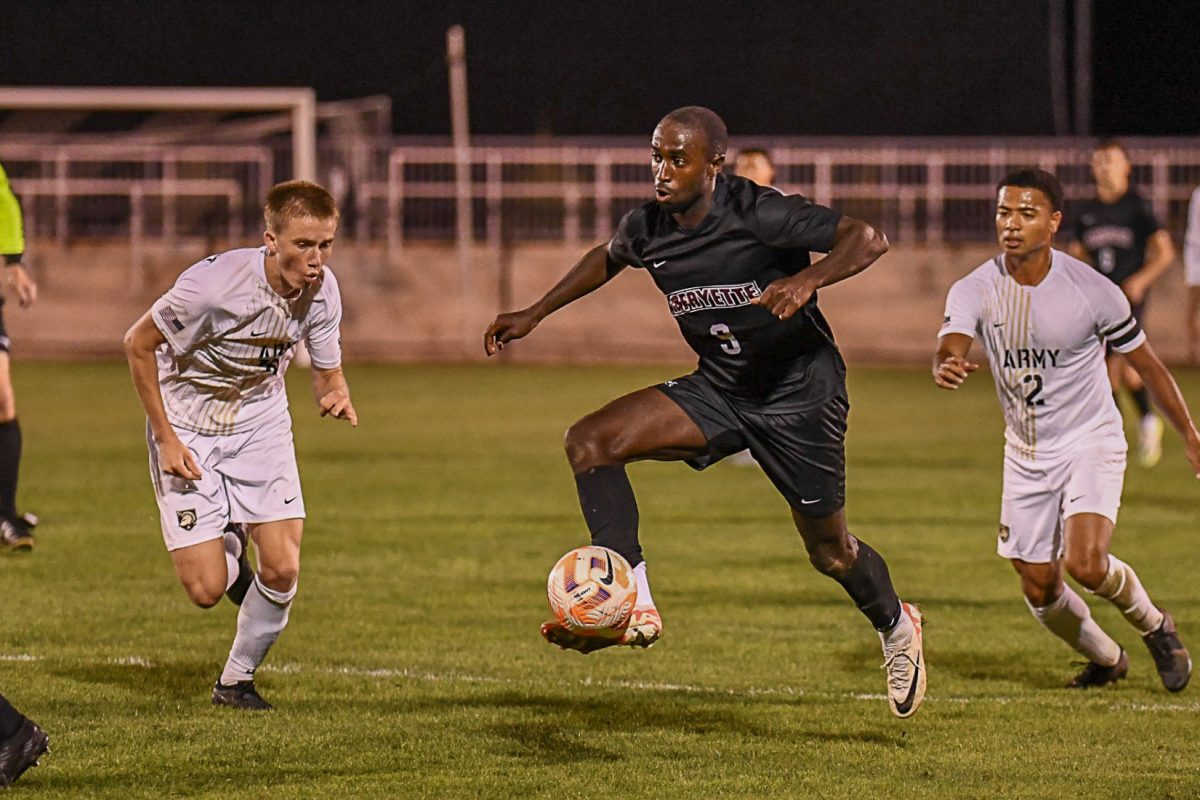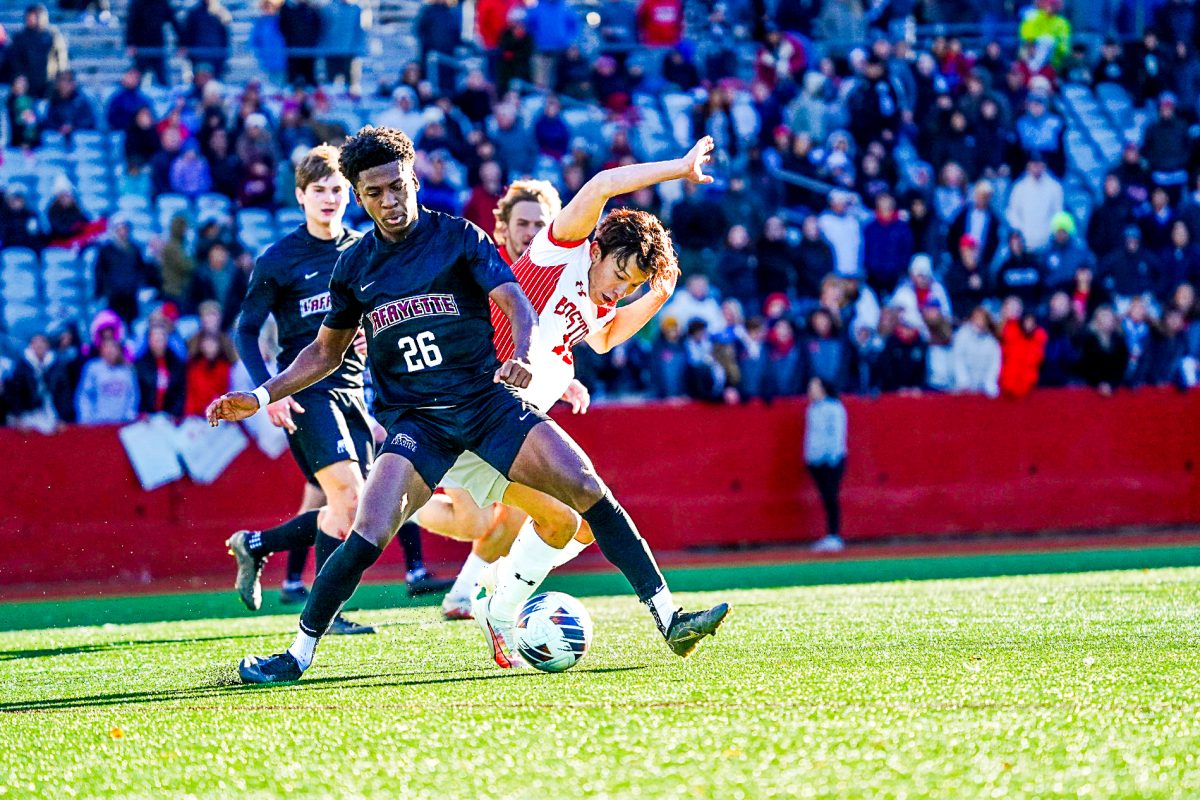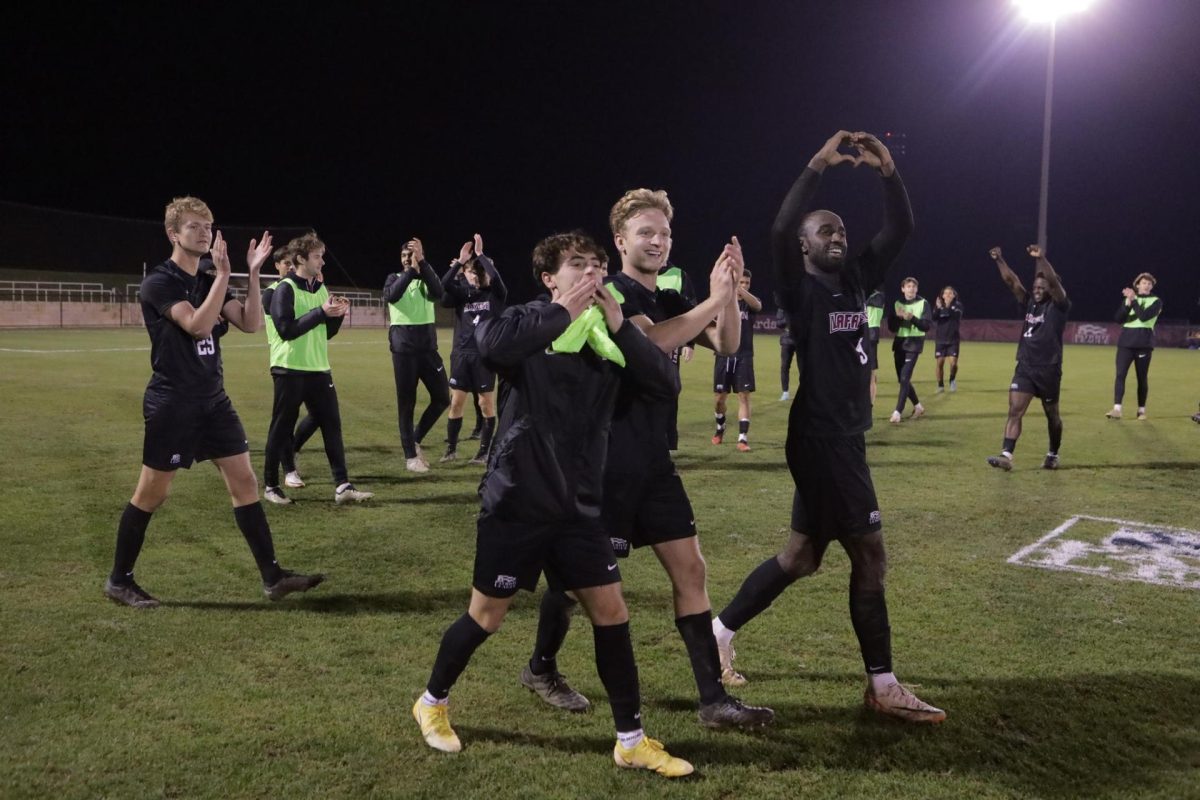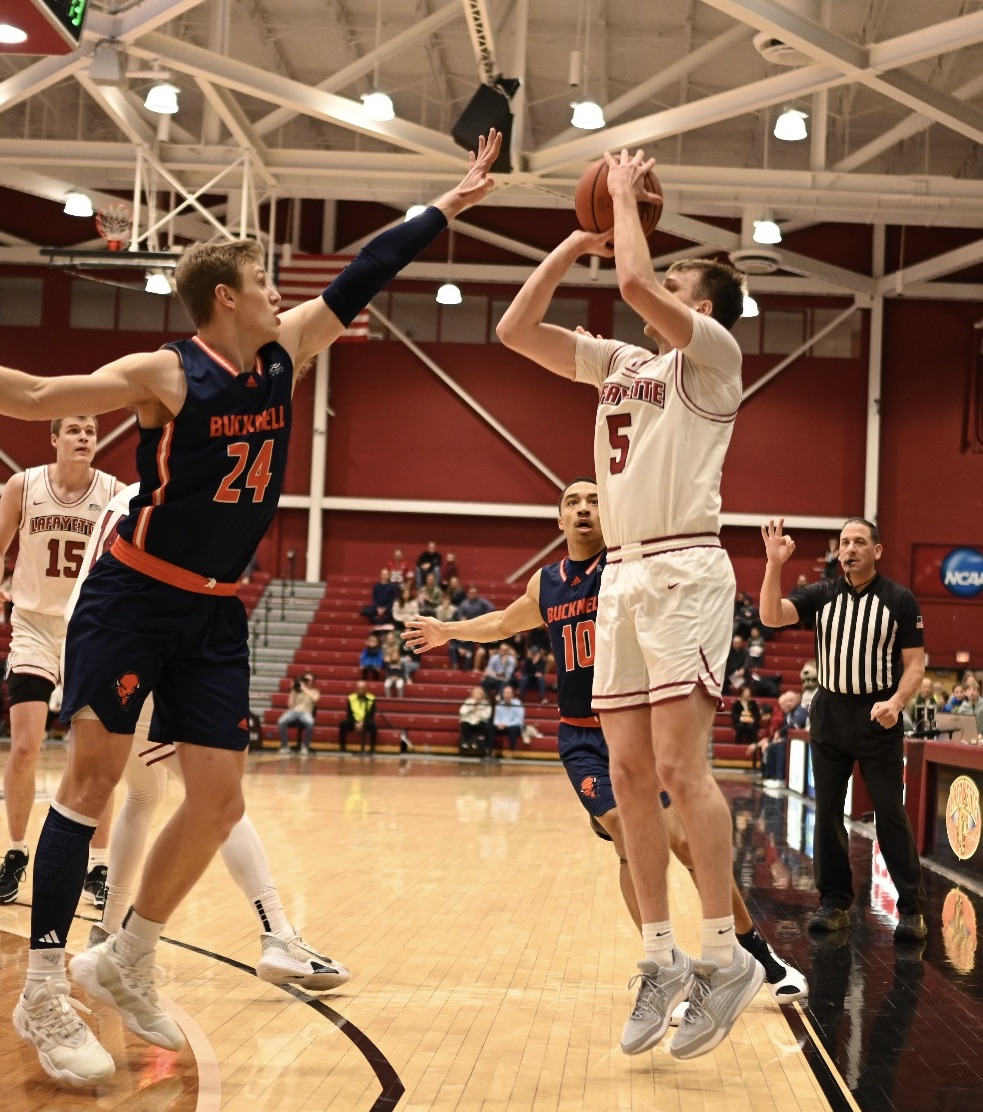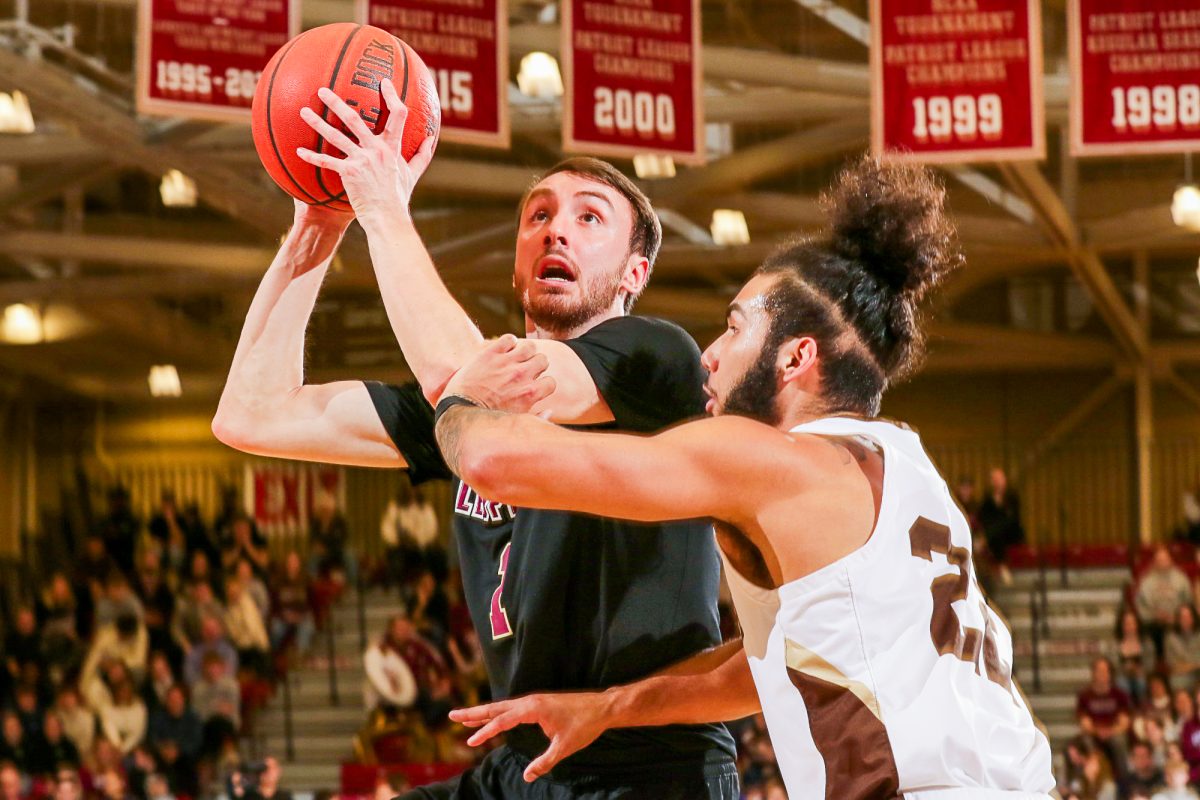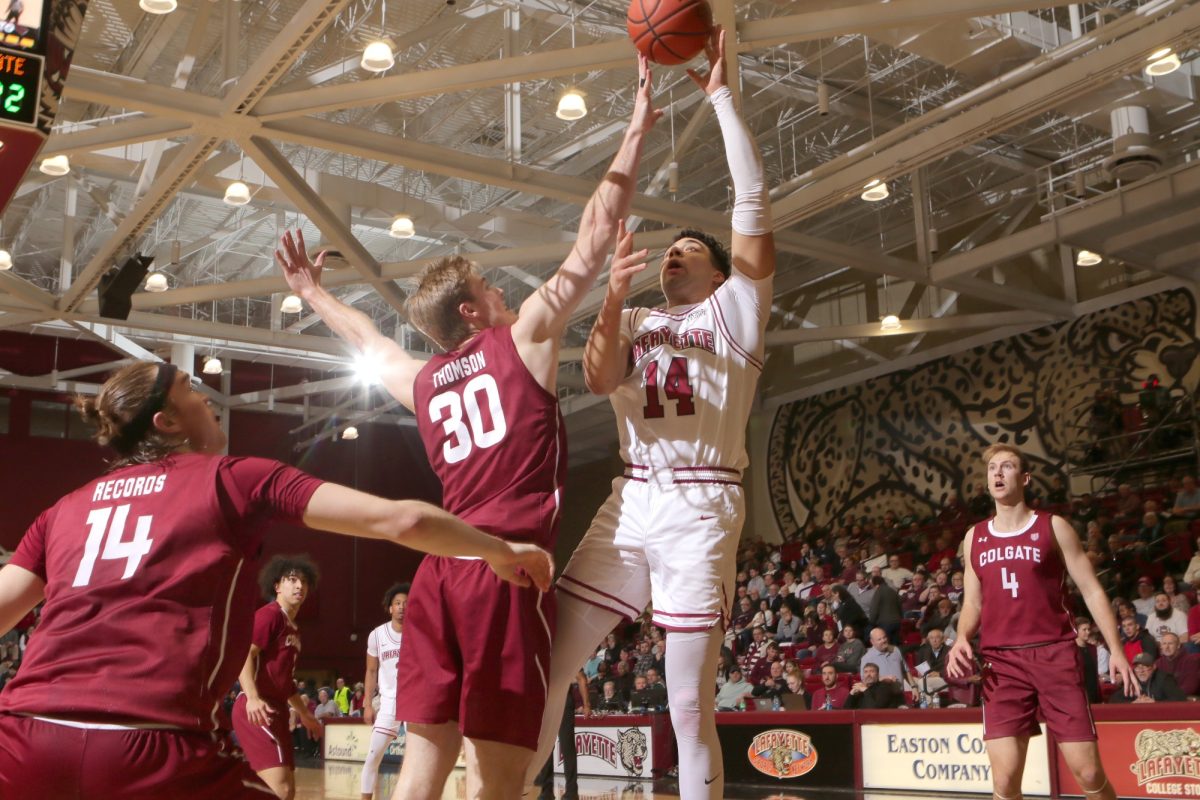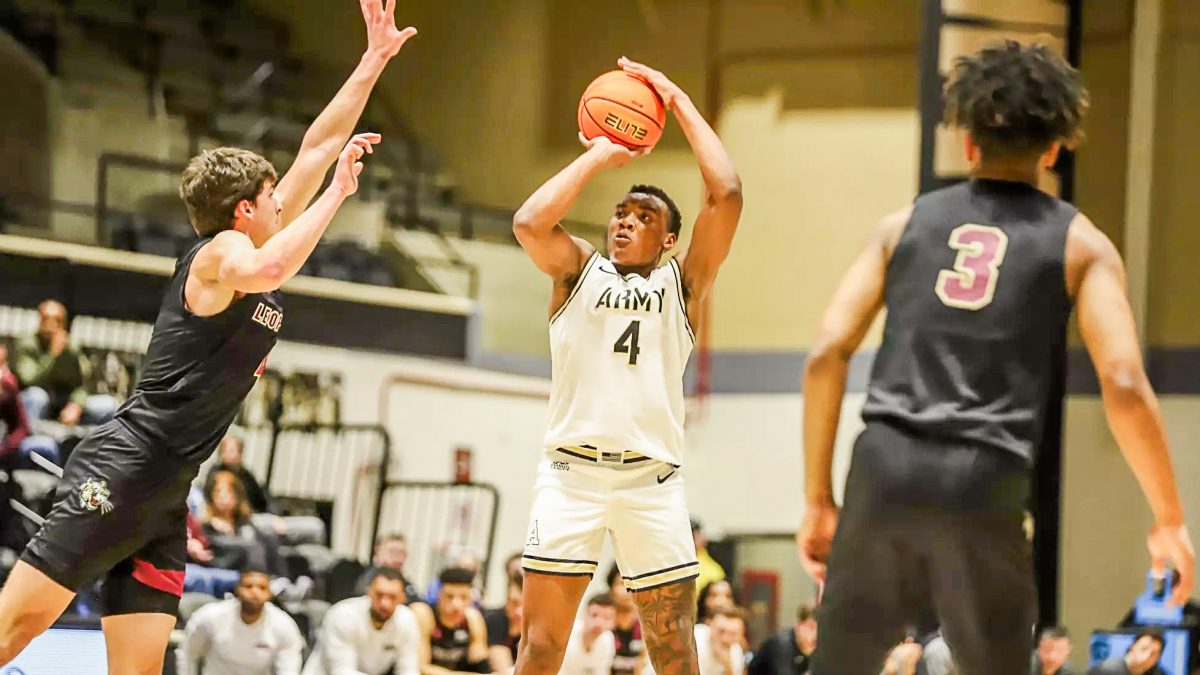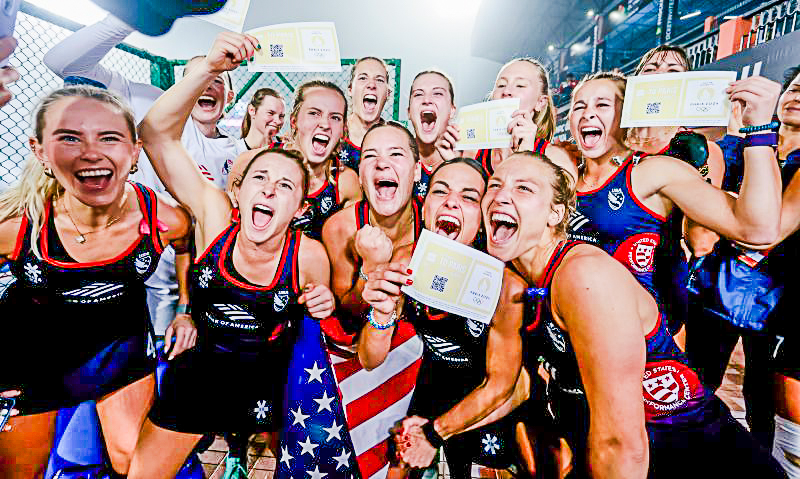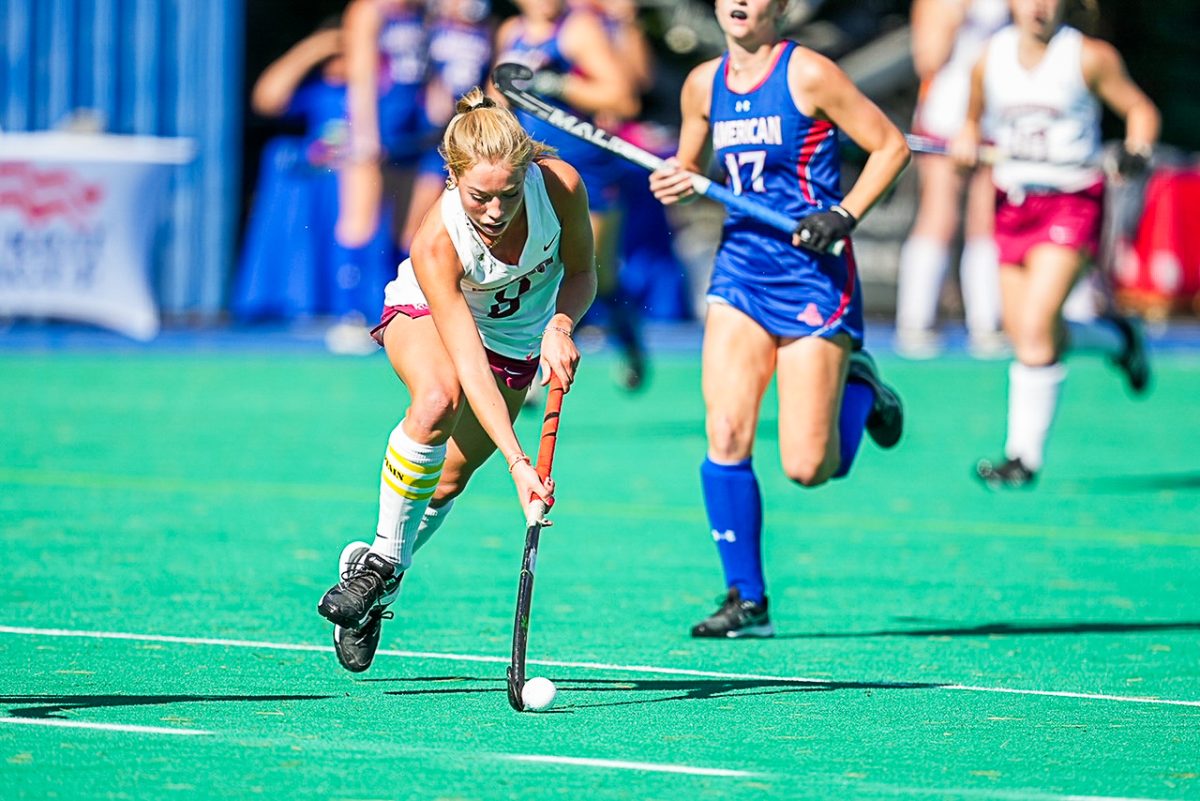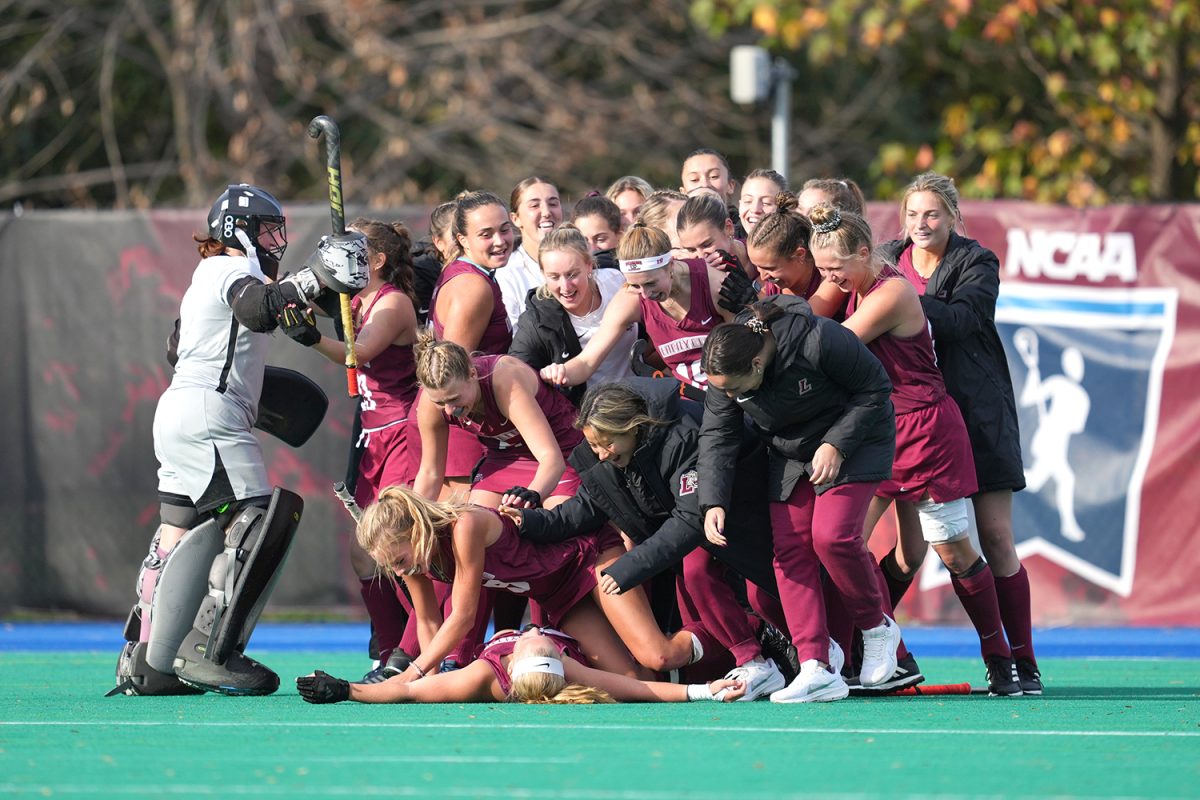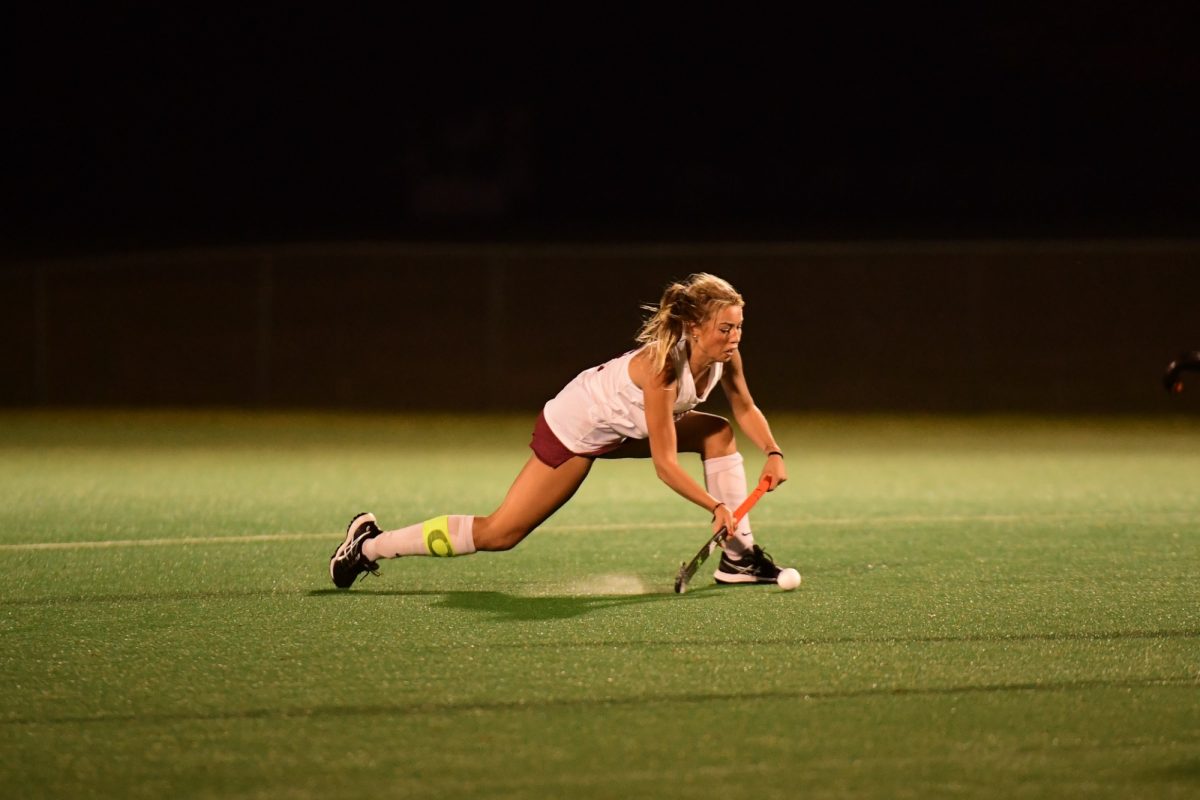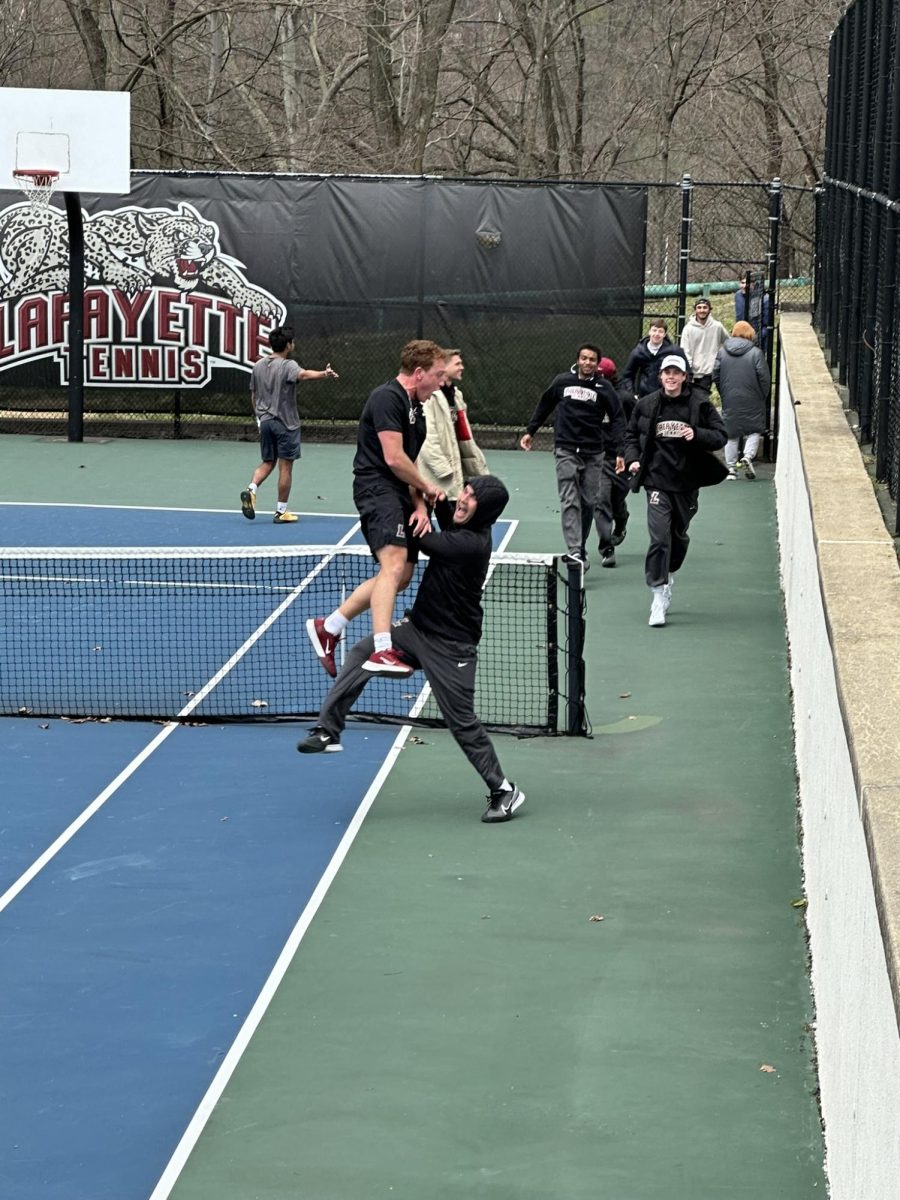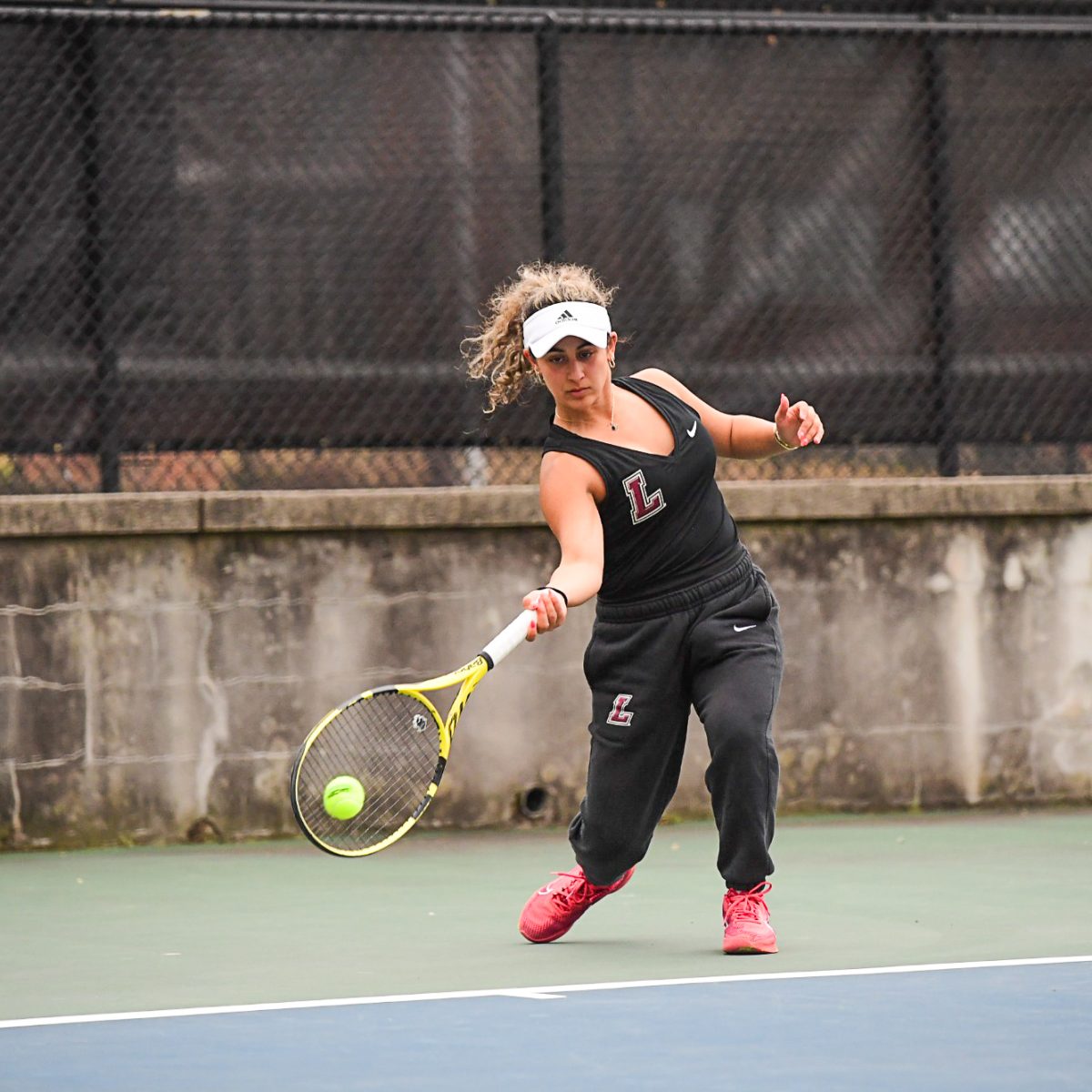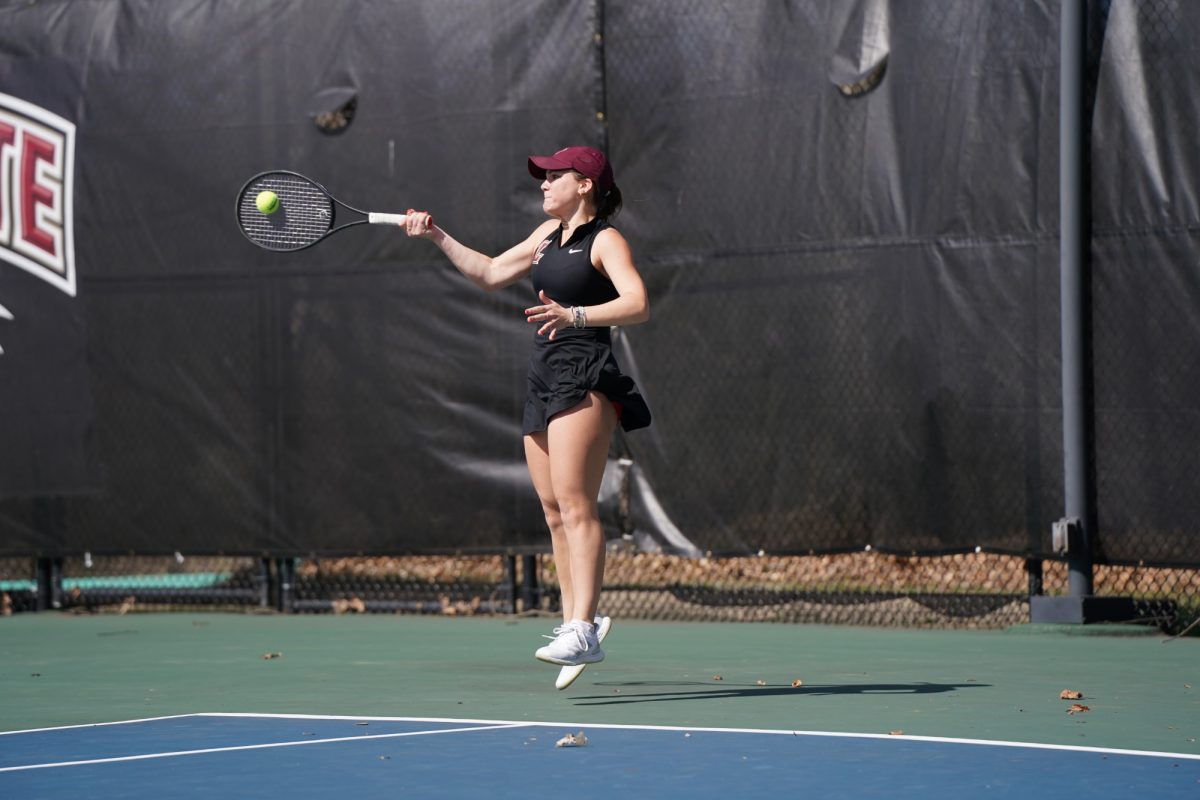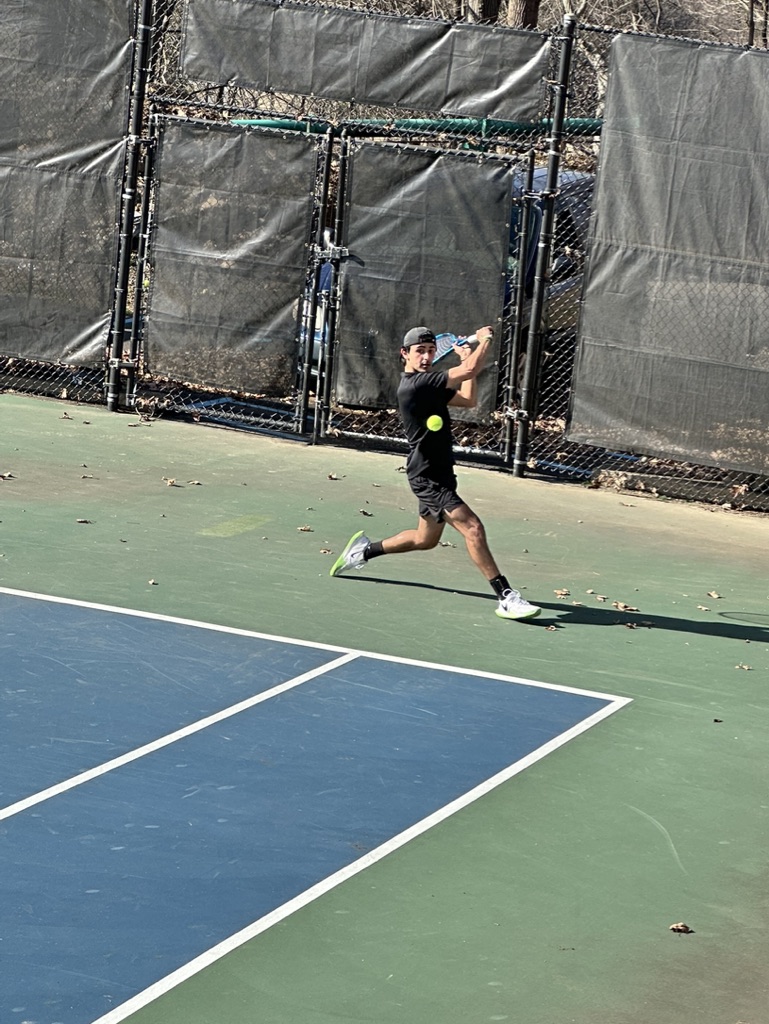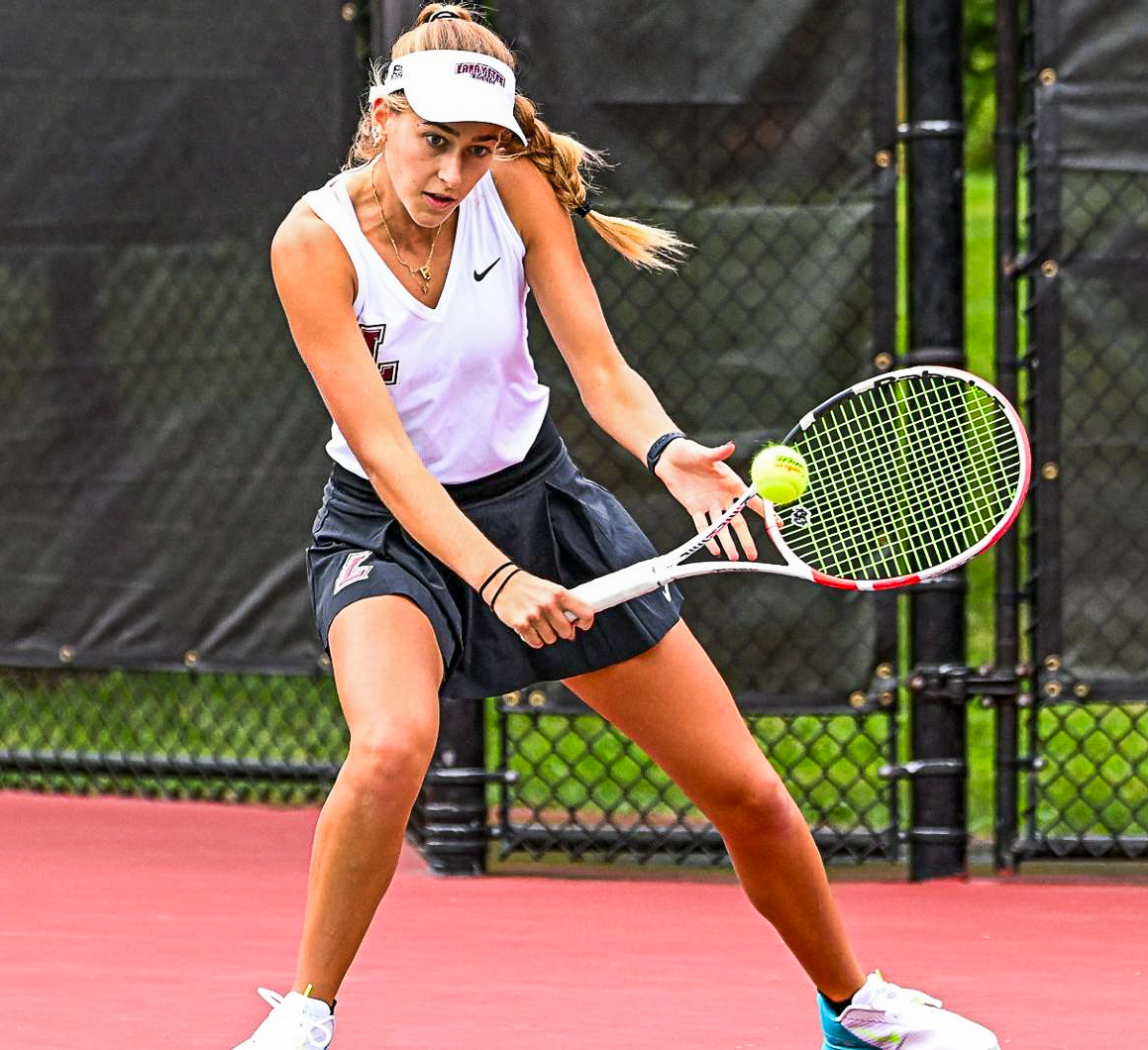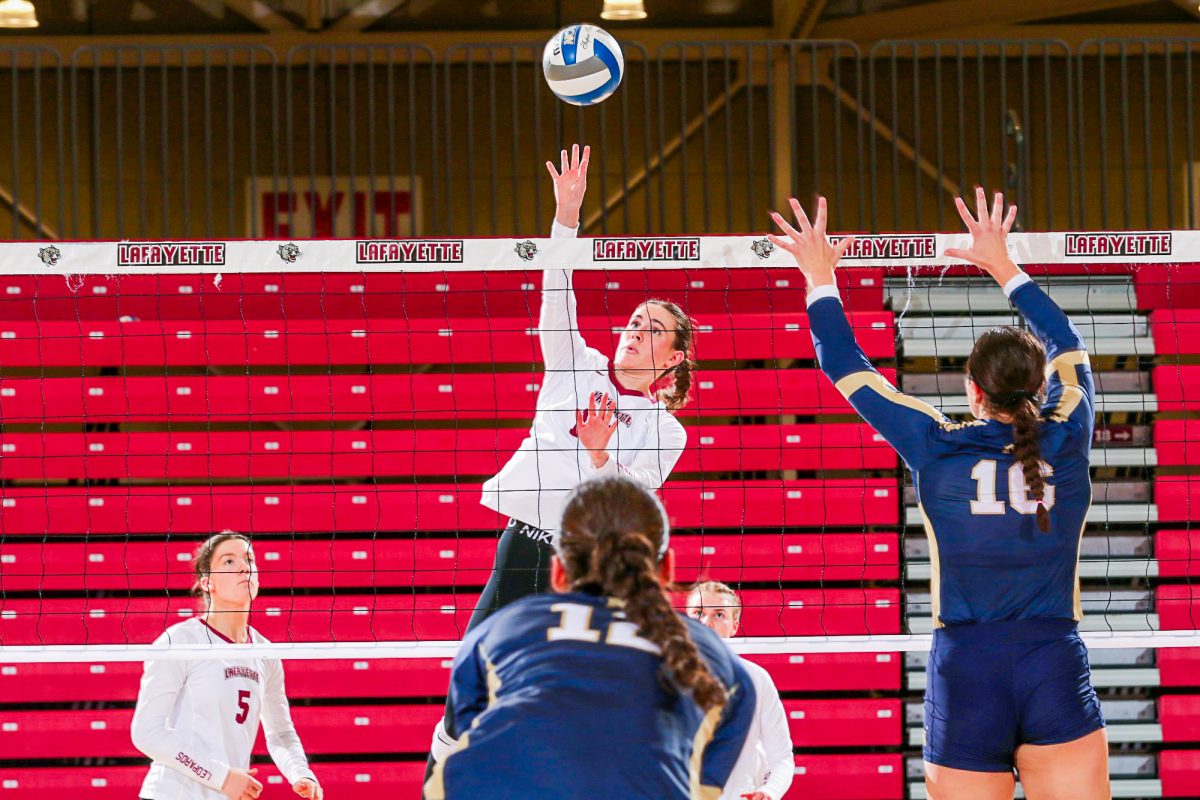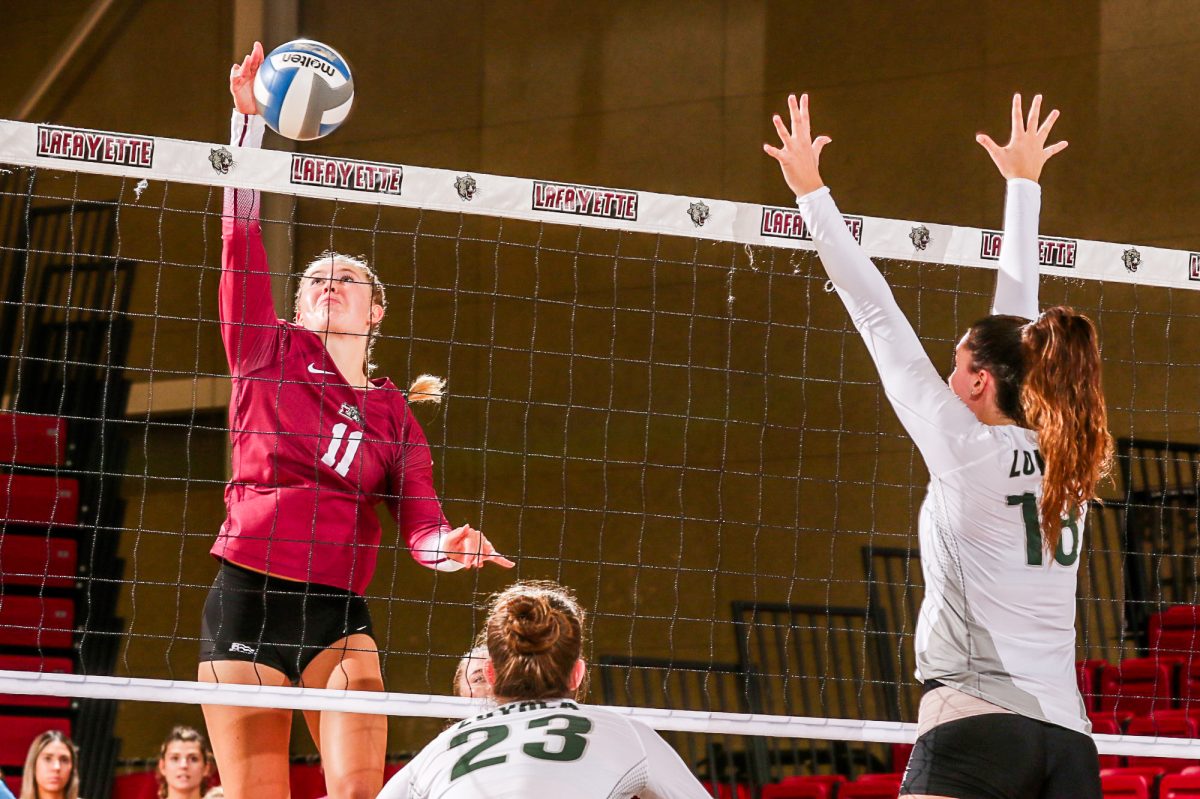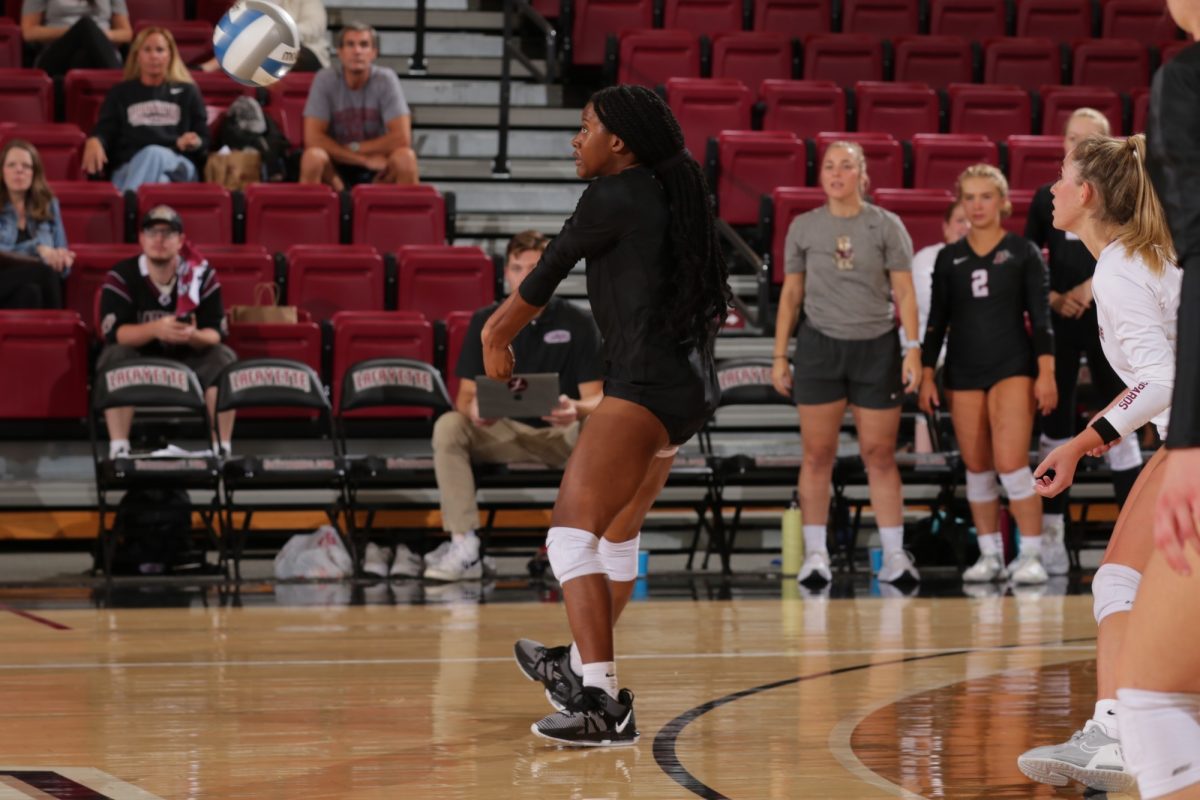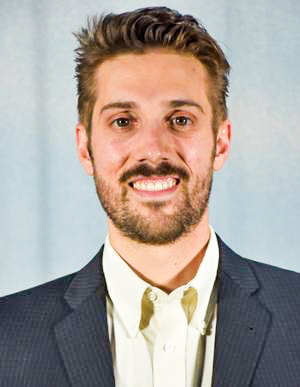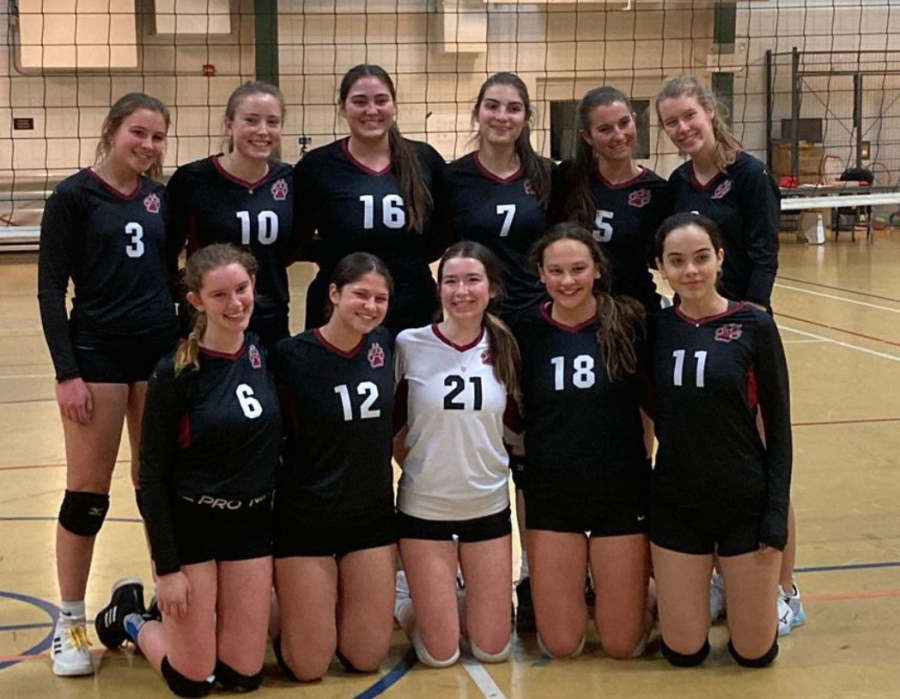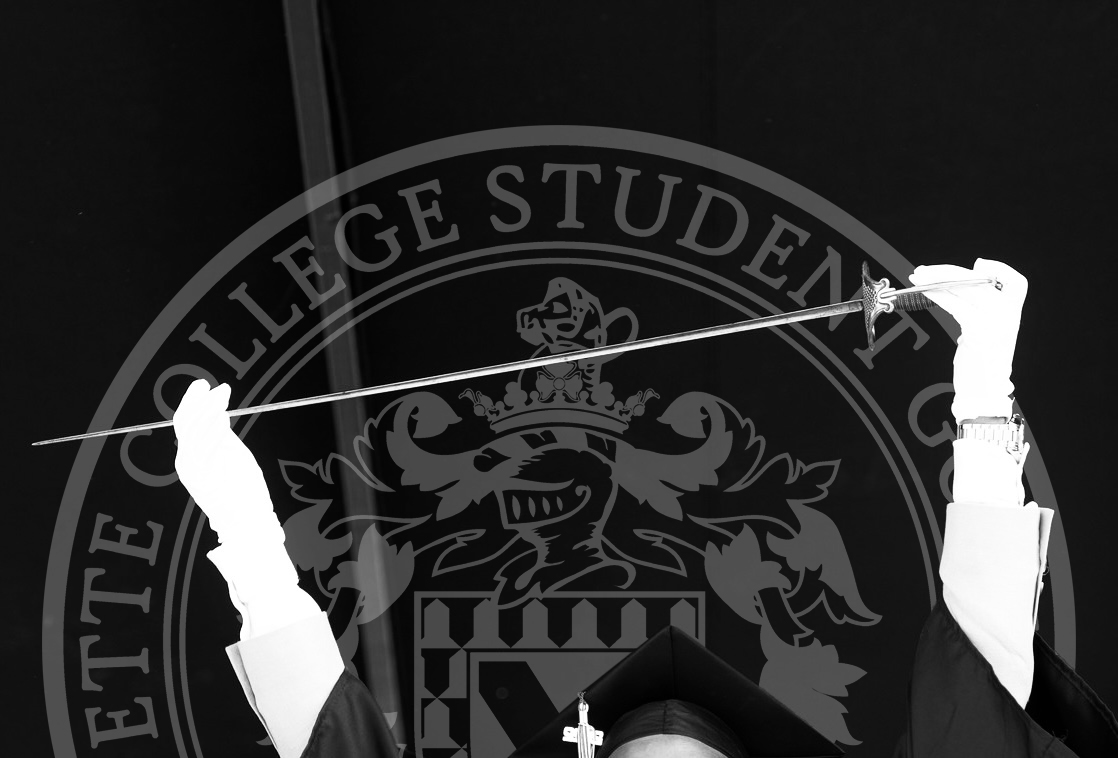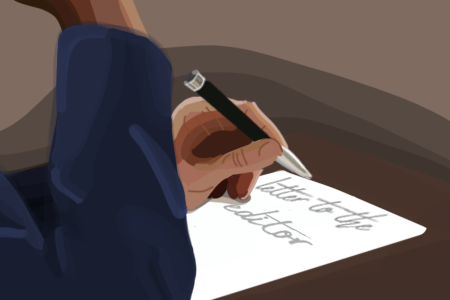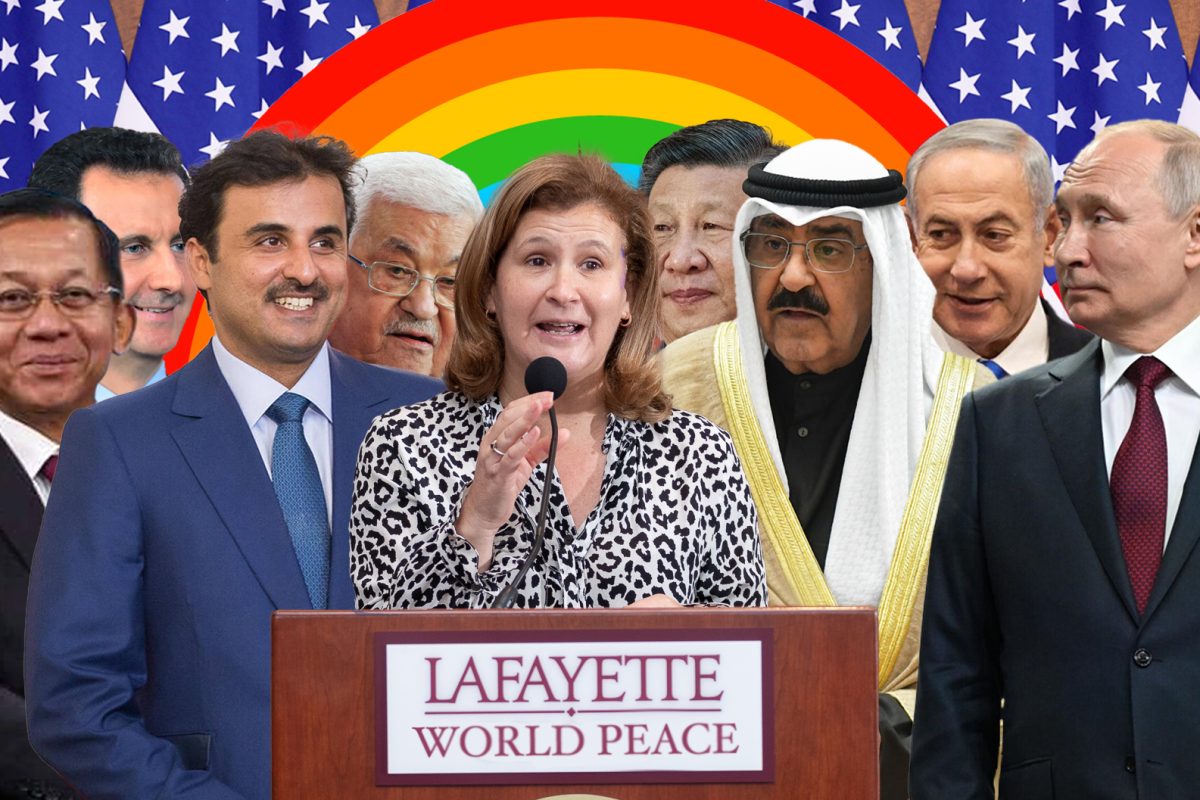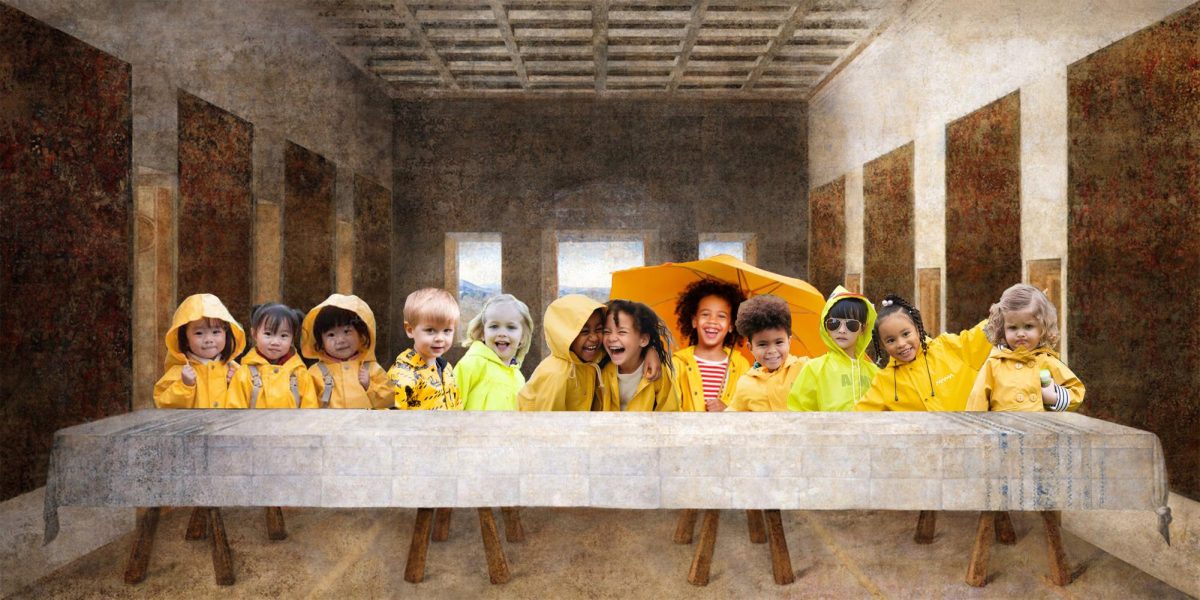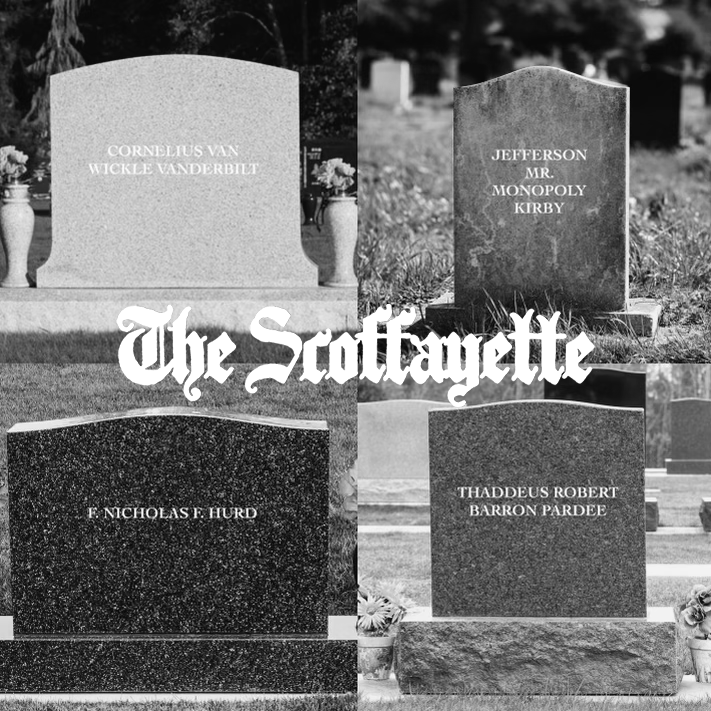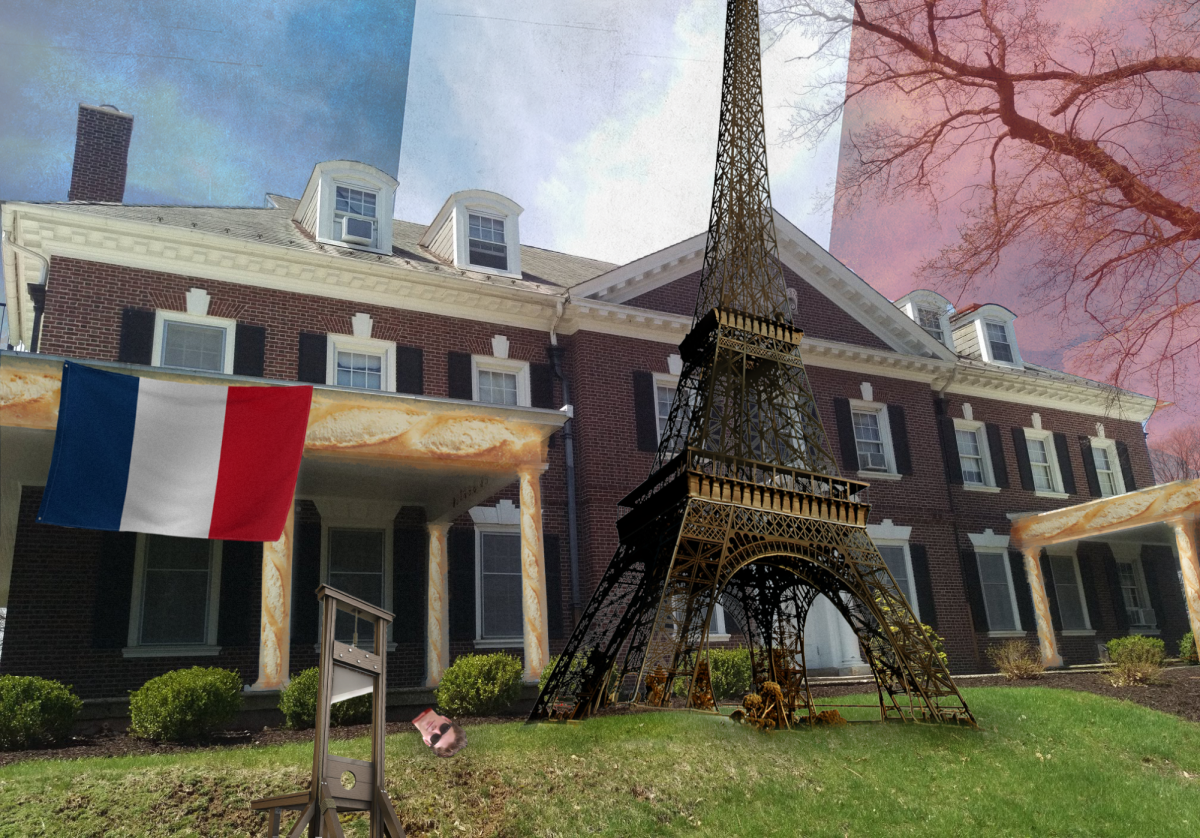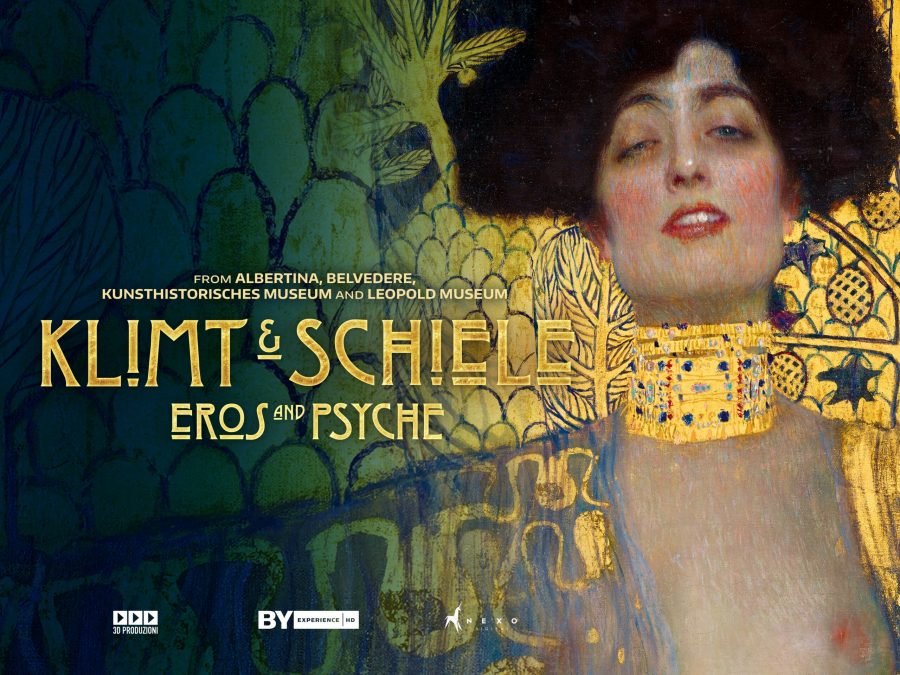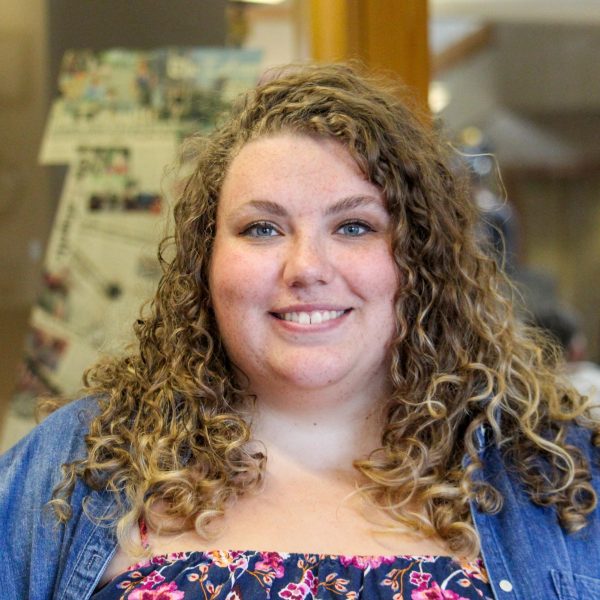Many people believe that art has the ability to transcend time and space to bring people together in impactful ways. In this time of separation, the college’s virtual Performance Series is working to achieve just that, even from a virtual setting.
This past Sunday, the Williams Center for the Arts kicked off this semester’s virtual Performance Series with a live-streamed viewing of “Klimt & Schiele: Eros & Psyche,” an episode of the “Great Art on Screen” documentary series. The episode featured the stories of Gustav Kilmt and Egon Schiele, two artists from Vienna who were active in the late 19th century and early 20th century.
According to the documentary, both of these artists were part of a movement known as the Viennese secession, in which artists pushed back against the idea of presenting idealized versions of life through art. Instead, these artists used their work to expose the darker, more complex side of human emotion. They used techniques such as exaggerated body language and facial expressions as tools to evoke empathy and other intense emotions from their viewers.
Hollis Ashby, the artistic and executive director of the Williams Center for the Arts, spoke to the importance of these artists and their movement.
“I think that they both had a unique ability to represent the inner life of the individual, and their work is not popular. It was not embraced at the time, but it made a lasting impact on how the world looks at art,” Ashby said.
“It also opened up a door for other artists to express the great range of human experience and emotion,” she added. “I think the Viennese secession is a movement that does not get as much attention as some other movements when one is starting art history, so I wanted to start off the program with something really strong and memorable.”
The period in which Kilmt and Schiele worked coincided with building tensions leading up to World War I as well as the groundbreaking work of Sigmund Freud in psychoanalysis and the study of the unconscious mind.
The artists who were a part of the Viennese secession are credited with creating the art expedition as we know it today—an immersive experience combining several forms of art.
These artists also focused on the expression of female sexuality in many of their works. One of Klimt’s most famous works, “Judith and the Head of Holofernes,” depicts an overtly sexual woman clothed only in an ornate robe holding a man’s head in her hands. In many of their drawings and paintings, deemed too sexual for display even today, Klimt and Schiele tried to to liberate female sexuality from the male gaze, portraying their female subjects in active positions, rather than the traditional female passivity of previous eras.
While in-person exhibitions certainly have many advantages, students may still have a lot to gain by taking part in the virtual experience. According to Ashby, the virtual experience allows participating students to dive deeper into the works of art featured in the events in a way that can not always be achieved in live settings.
“If you buy a ticket to the show, you’re going to be a part of it,” Ashby said.
These virtual events are an opportunity for students of all majors, backgrounds and interest groups to try something new, she said.
“You’re going to college so that you can try things you don’t think you’re interested in, and to get a window into the world. You can’t travel the world for four years, but we can bring some of the world to you.”
“We have as much of a variety as we possibly can on the stage. There’s really something for everybody,” she added.
Two more events in the “Great Art on Screen” series will be held in the coming months: one featuring Tintoretto on Oct. 11, and another featuring Van Gogh on Nov. 8. These events are free for Lafayette students. Additionally, Lafayette students can enjoy the the Williams Center’s “Theater on Thursdays” series featuring productions from London’s National Theatre.
Information about upcoming events and access to tickets can be found on the Williams Center website.

